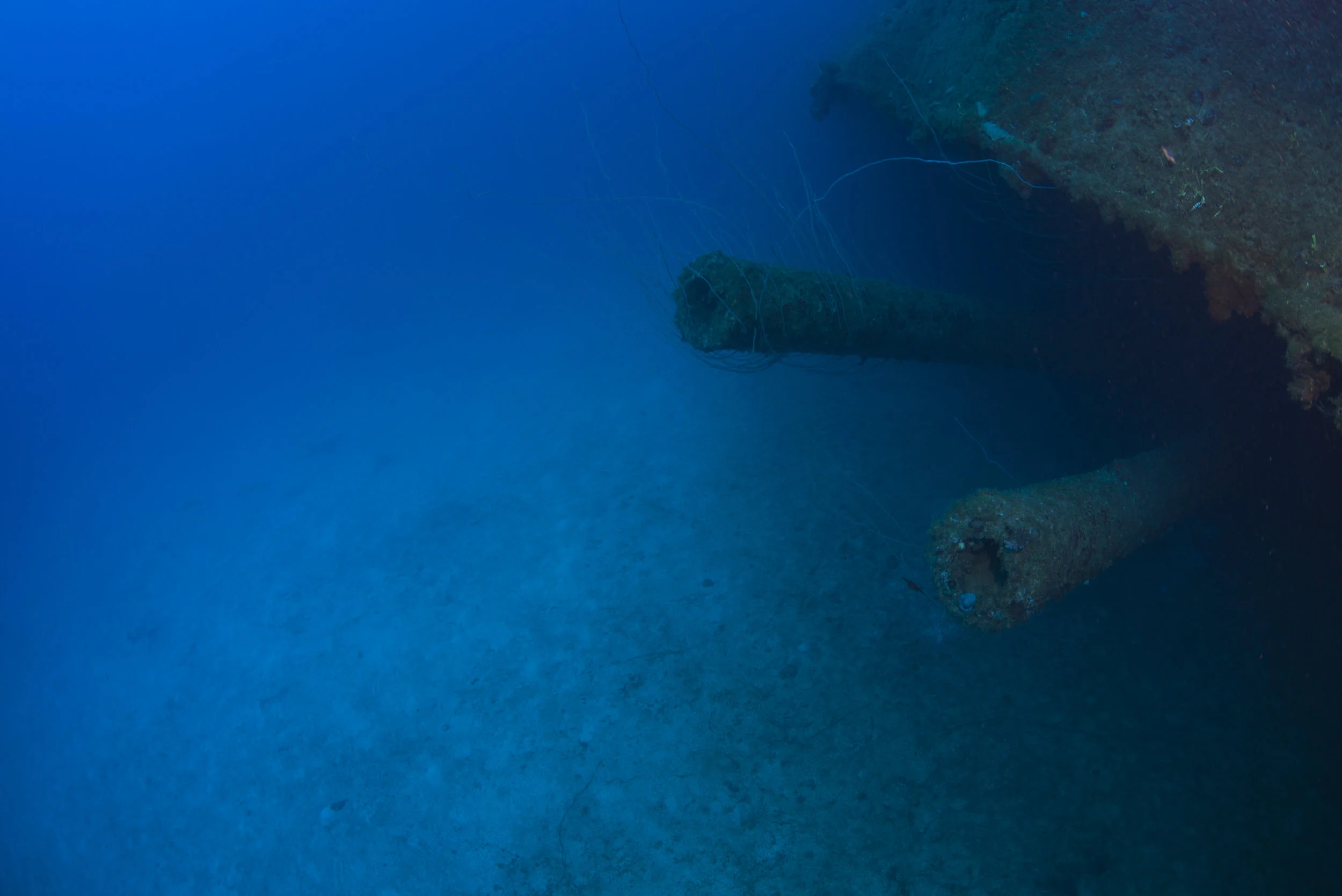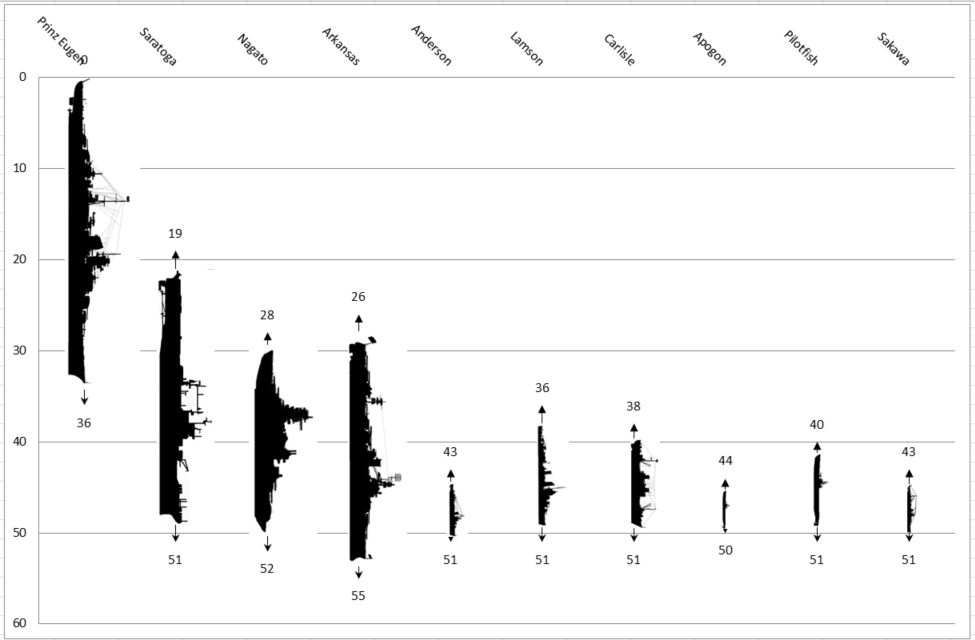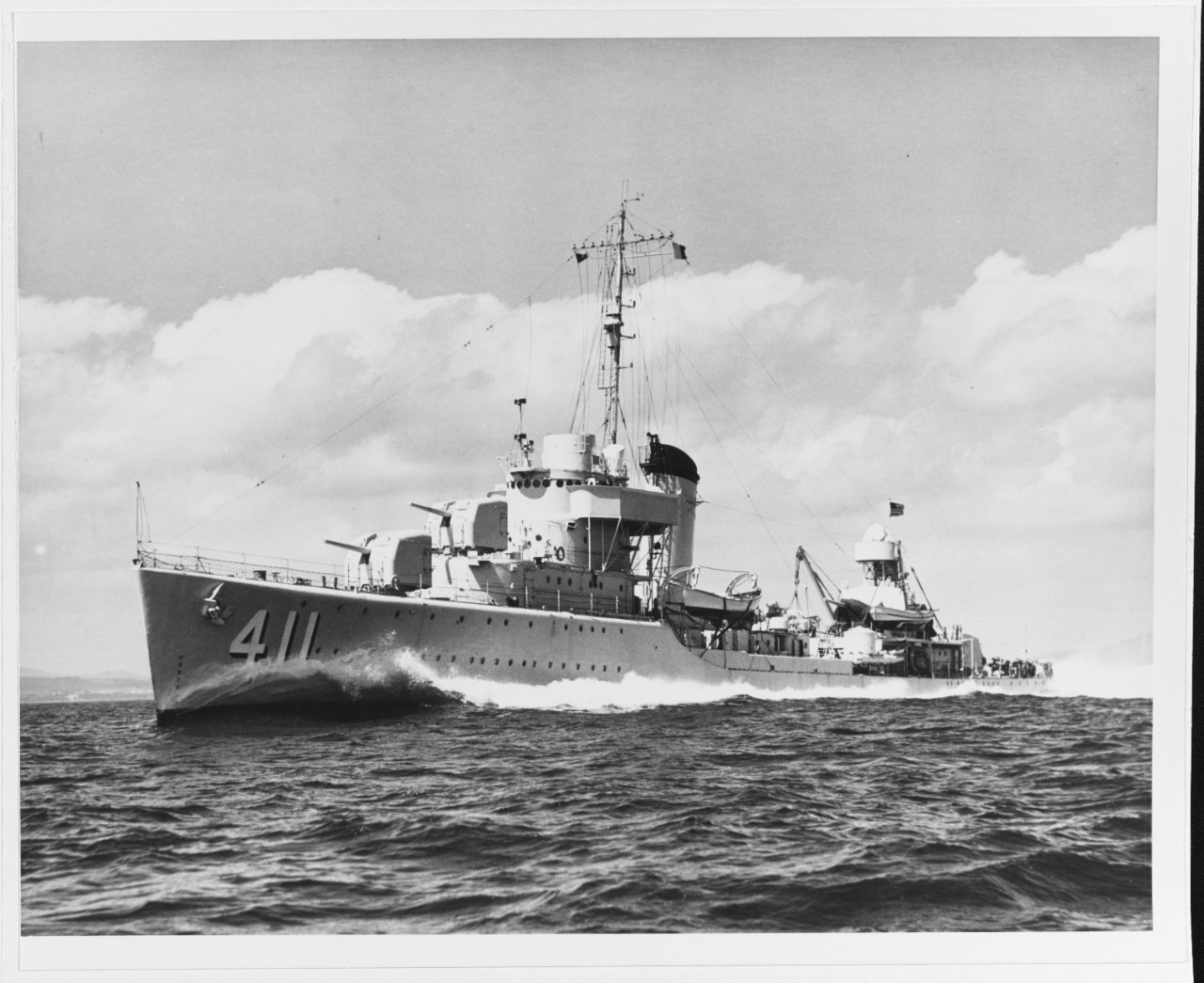95 vessels were caught in the crossfire of the Able and Baker bombs dropped on Bikini Atoll. Now, from the misery and destruction wrought by the nuclear tests, Bikini’s nuclear ghost fleet has risen as the world’s preeminent wreck diving destination.
The Dirty Dozen team has carefully handpicked the most interesting wrecks in Bikini, with depths ranging from 21m/68ft to 57m/187ft. We explore both the popular wrecks in Bikini Atoll and those that are dived infrequently. Our itineraries are flexible and designed for the divers on board. Join us for a one-of-a-kind diving experience with a team that understands wreck diving and the thirst for exploration.
Bikini Atoll wrecks with depth variances in meters.
Here are a few of the wrecks we think showcase the best Bikini Atoll has to offer:
SMS PRINZ EUGEN
The Prinz Eugen was named after an 18th-century Austrian general, Prince Eugene of Savoy. This Admiral Hipper-class cruiser served as part of the Nazi Kriegsmarine during WWII. Construction of the ship began in April 1936 and after the war broke out, the Prinz Eugen entered German service in August 1940.
Together with the Bismarck, Prinz Eugen took part in Operation Rheinübung in May 1941. The Battle of the Denmark Strait saw this pair of ships attempt to break out into the North Atlantic Ocean. In the process, they damaged the HMS Prince of Wales and destroyed the battlecruiser, HMS Hood. Prinz Eugen then detached from the Bismarck to disrupt the allied merchant ships and routes. Ultimately, the operation was curtailed because of engine problems.
After undergoing necessary repairs in occupied France, Prinz Eugen was part of Operation Cerberus. This was a daring maneuver and saw the ship making a quick return to Germany via the English Channel during daylight hours. February 1942 saw the heavy cruiser deployed to Norway. But her time there was short-lived. Shortly after arriving, Prinz Eugen received severe damage after being hit by a torpedo fired by Trident, a British submarine. She again returned to Germany for urgent repairs to her stern.
In May 1945, when Germany collapsed, the ship was turned over to Britain’s Royal Navy. Eventually, Prinz Eugen was given to the US Navy who kept her as a war trophy. Prinz Eugen was assigned to Operation Crossroads and took part in the Bikini Atoll tests. She survived the atomic blasts and was taken to Kwajalein Atoll, finally capsizing in December 1946. There the Prinz Eugen remains, still partially visible above the surface of the water.
Read our Wreck In Depth article about Prinz Eugen HERE.
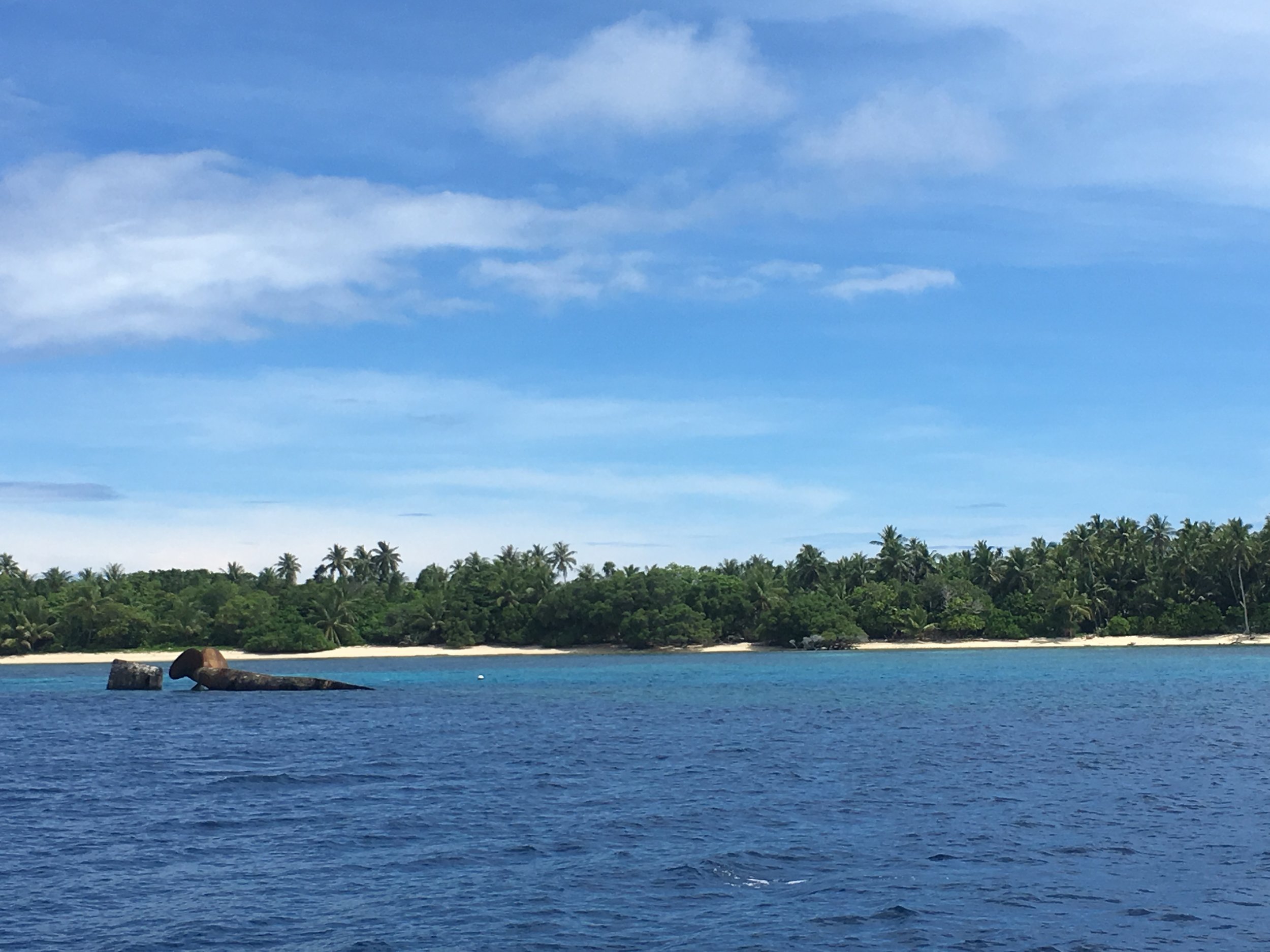

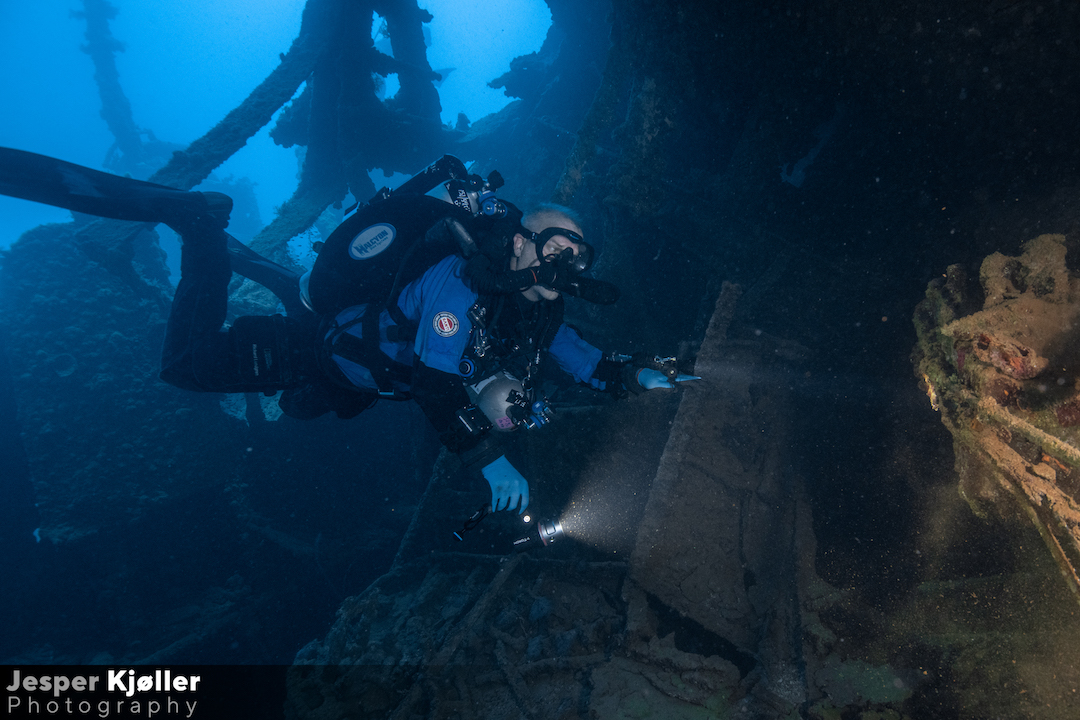
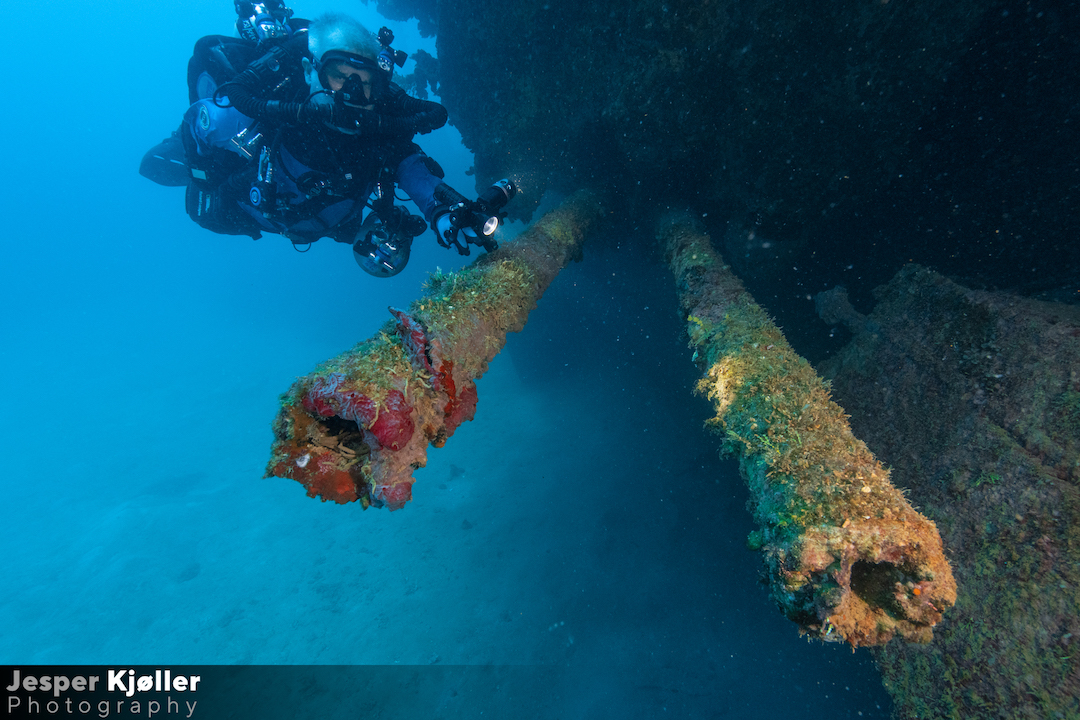
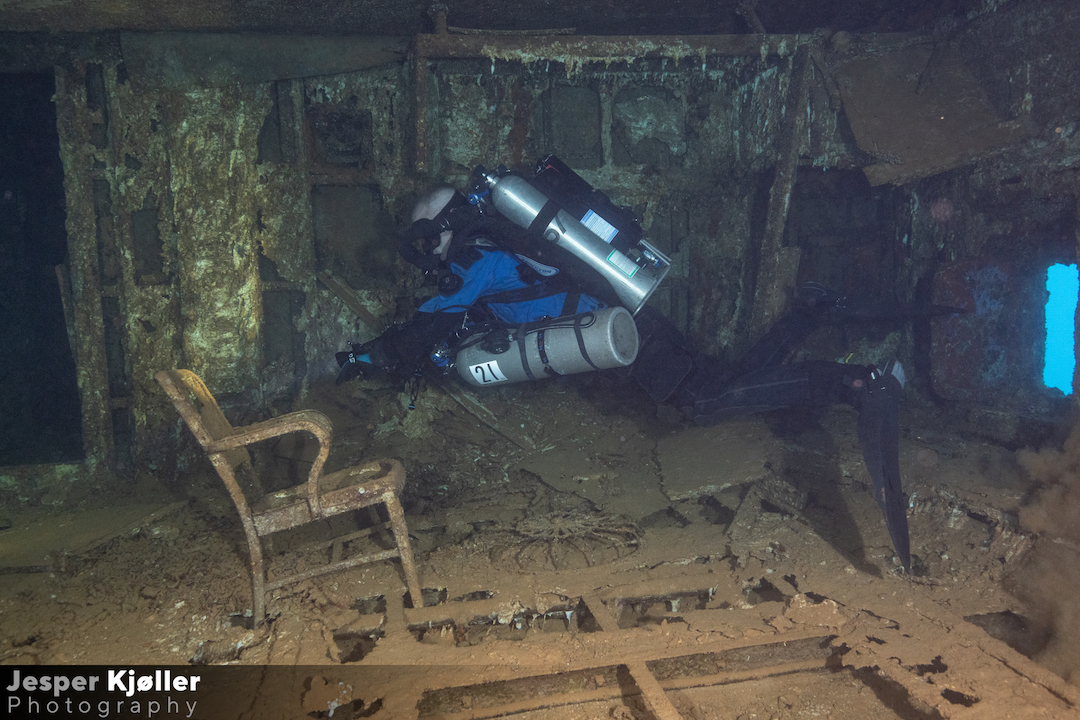
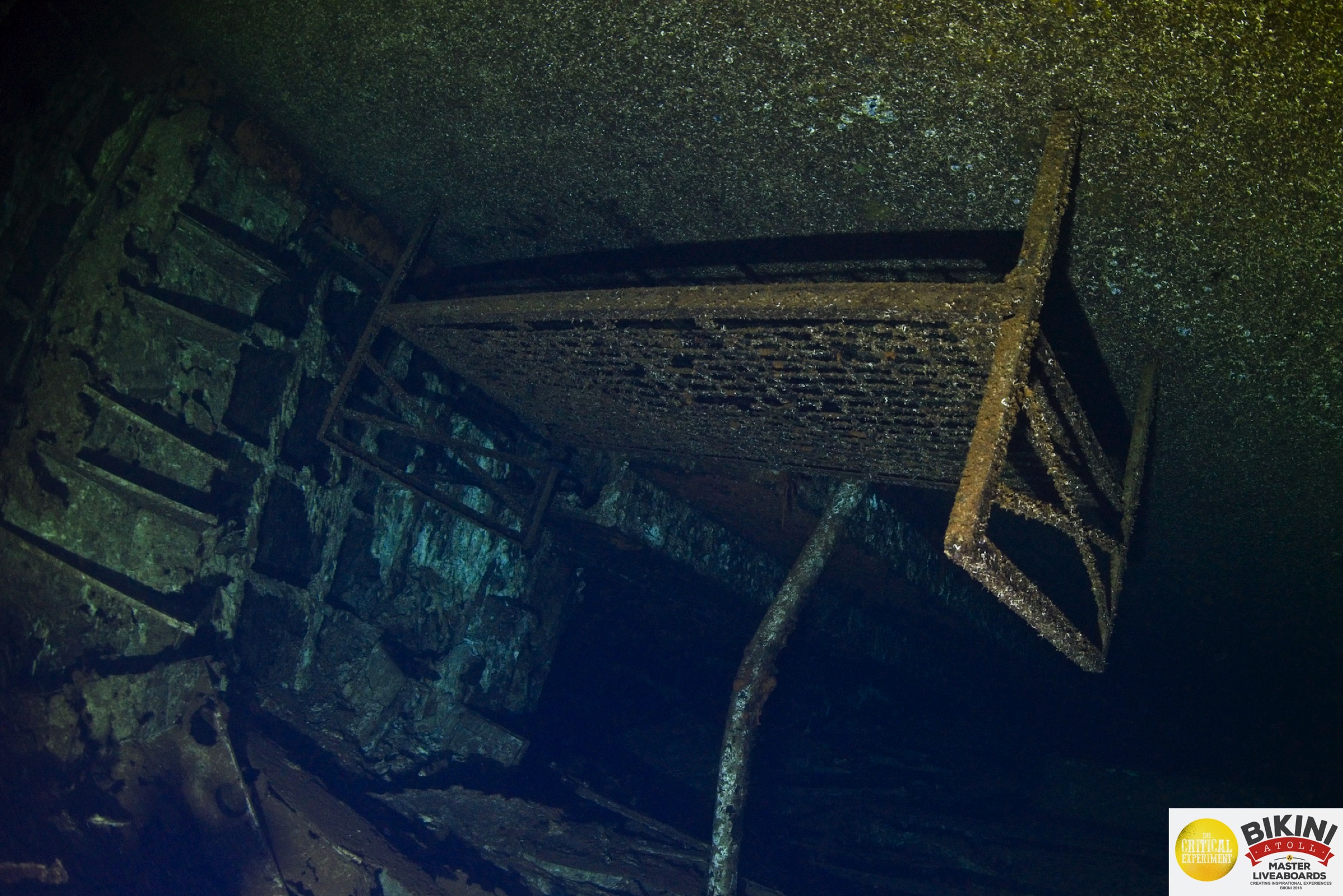
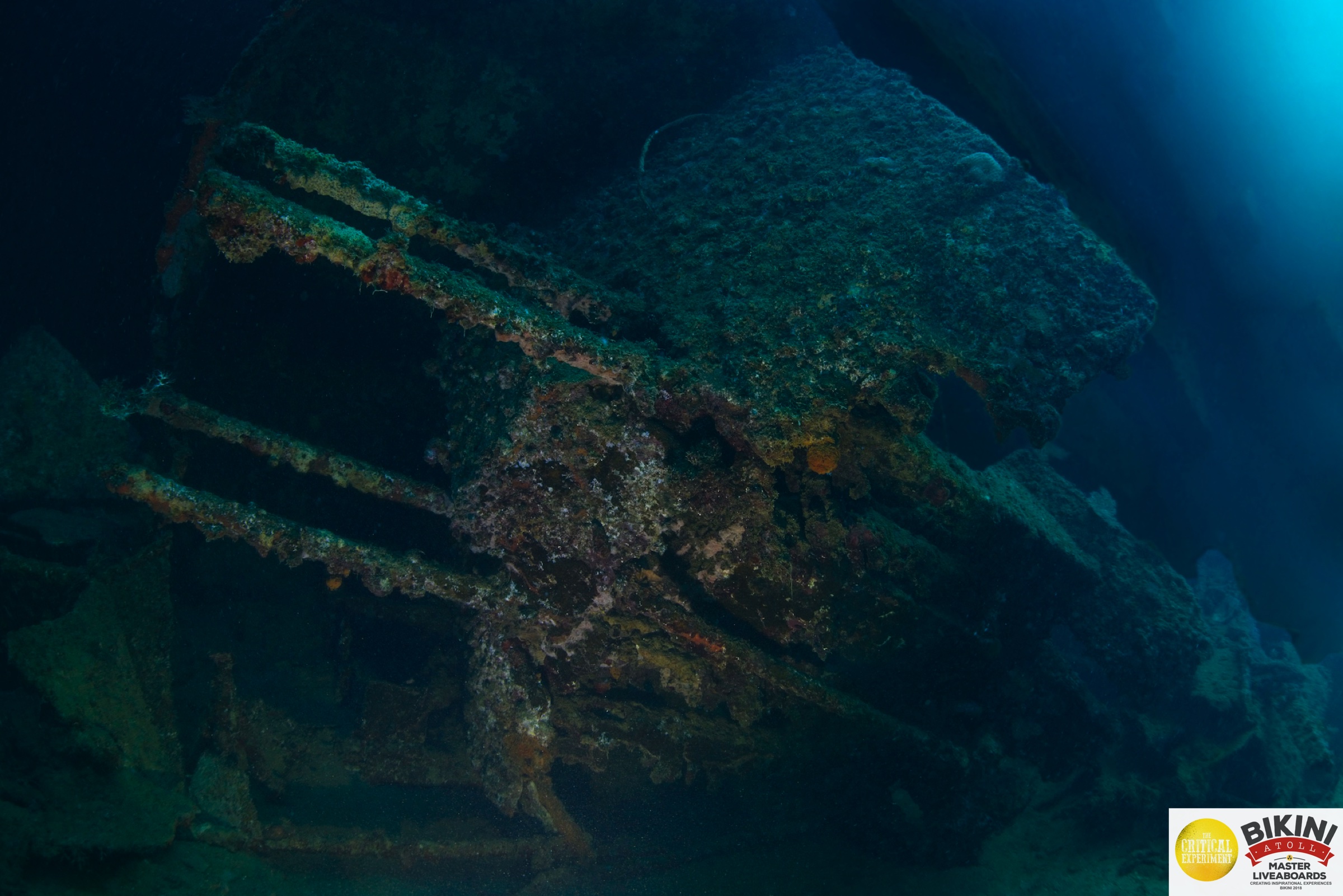


USS Saratoga (CV-3)
The USS Saratoga was one of the first US aircraft carriers commissioned during 1927. After entering service in 1928, she spent her whole career with the Pacific Fleet. This 39,000 ton vessel had a huge fuel capacity and could carry 132,264 gallons of gasoline, 63,200 barrels of oil and 249 barrels of diesel. The Japanese claimed to have sunk the Saratoga on a number of occasions during WWII. She sustained damage but was repaired and in July 1946, took part in Operation Crossroads.
Having survived the first nuclear blast, Saratoga was not so lucky during Baker, the second blast. Her ammunition and fuel loads were at 67 and 10 percent capacity. The explosion forced the vessel out of the water, knocking everything off the flight deck and destroying her funnel.
The Baker blast created waves that washed over the Saratoga. Eight hours later, as he watched the aircraft carrier sink below the water, Hanson W. Baldwin, a correspondent for the New York Times, wrote “There were many who had served her in the observing fleet and they fought with her through the long hot hours as the sun mounted. Outside the reef … the observing ships cruised, while the Sara slowly died. There were scores who wanted to save her-and perhaps she might have been saved, had there been a crew aboard. But she died a lonely death, with no man upon the decks once teaming with life”.
USS Saratoga now rests 50m/167ft below the water in Bikini’s lagoon. The bridge is accessible at 12m/40ft with the deck at 25m/82ft. The bombs and Helldivers are all on display with their controls and dials still intact.
Read our Wreck In Depth article about USS Saratoga HERE
DOWNLOAD the schematics of the USS Saratoga HERE
USS Saratoga Elevator Shaft Penetrations Photogrammetry by Brett Eldridge - Wrecked in my rEvo
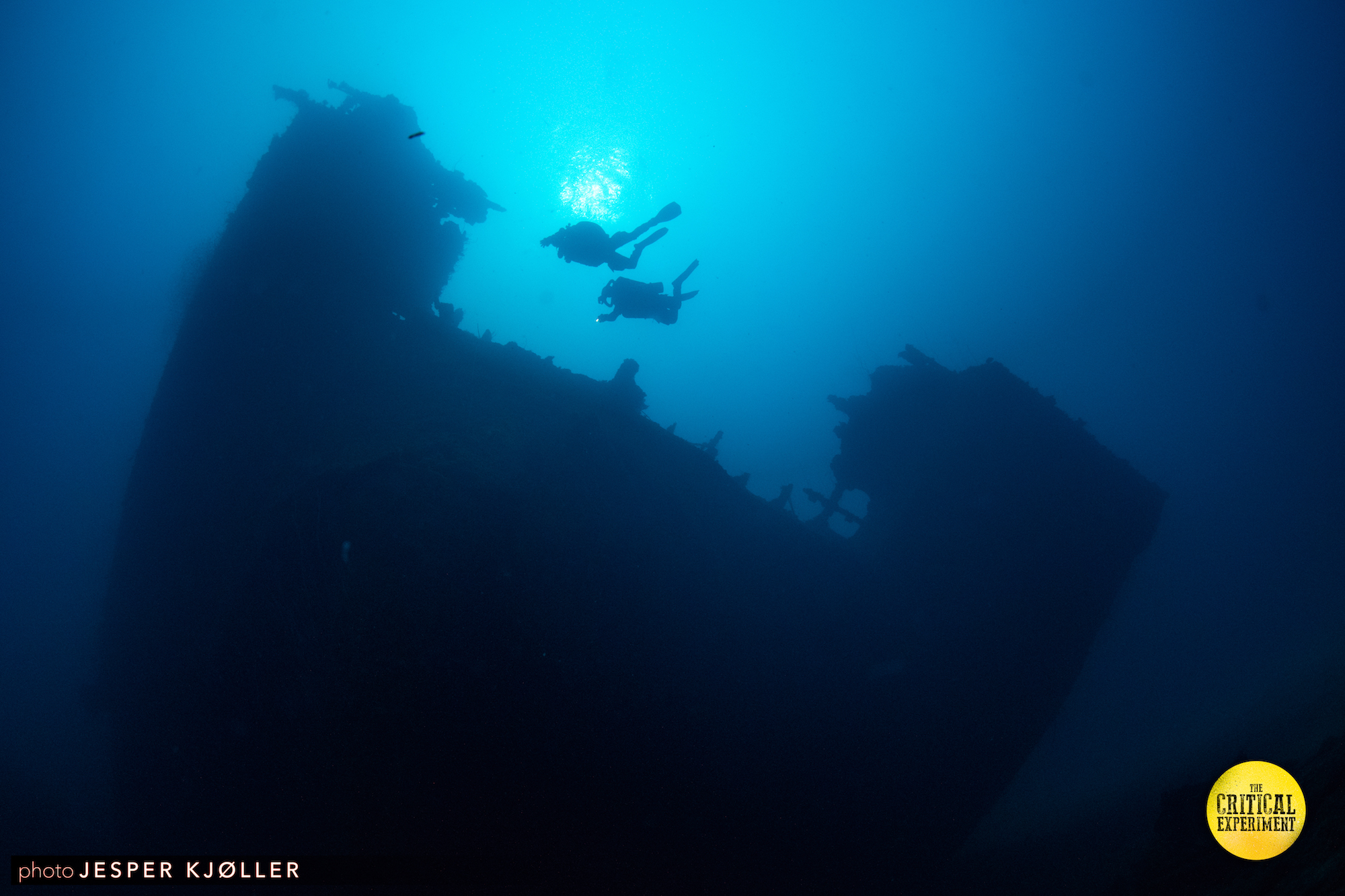
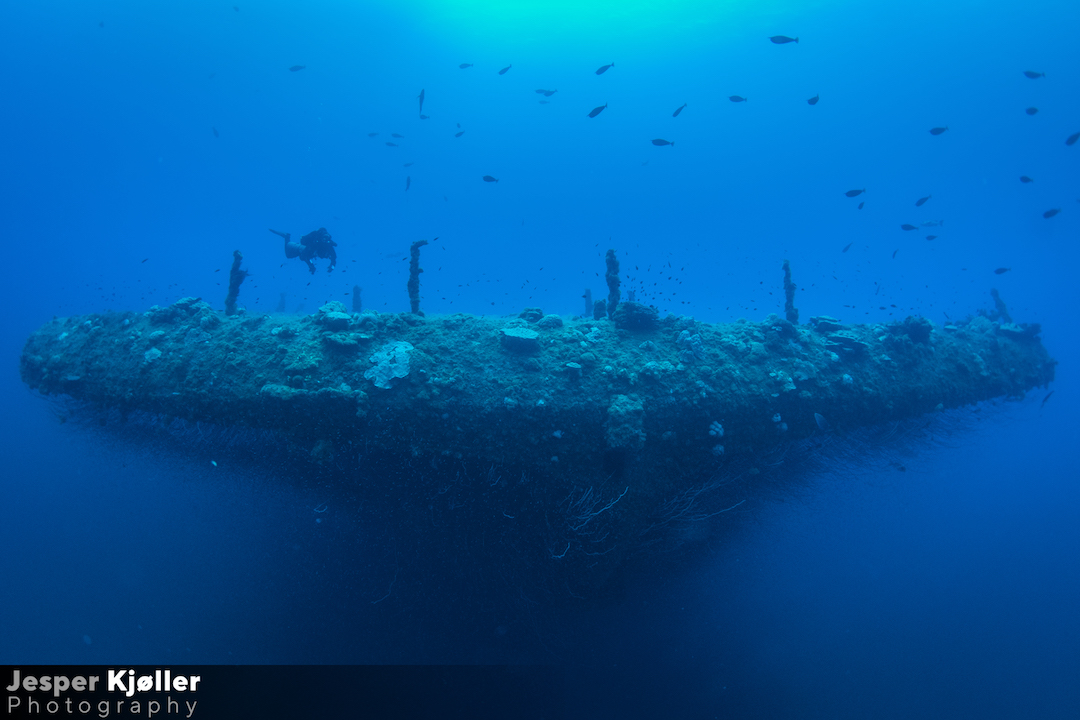



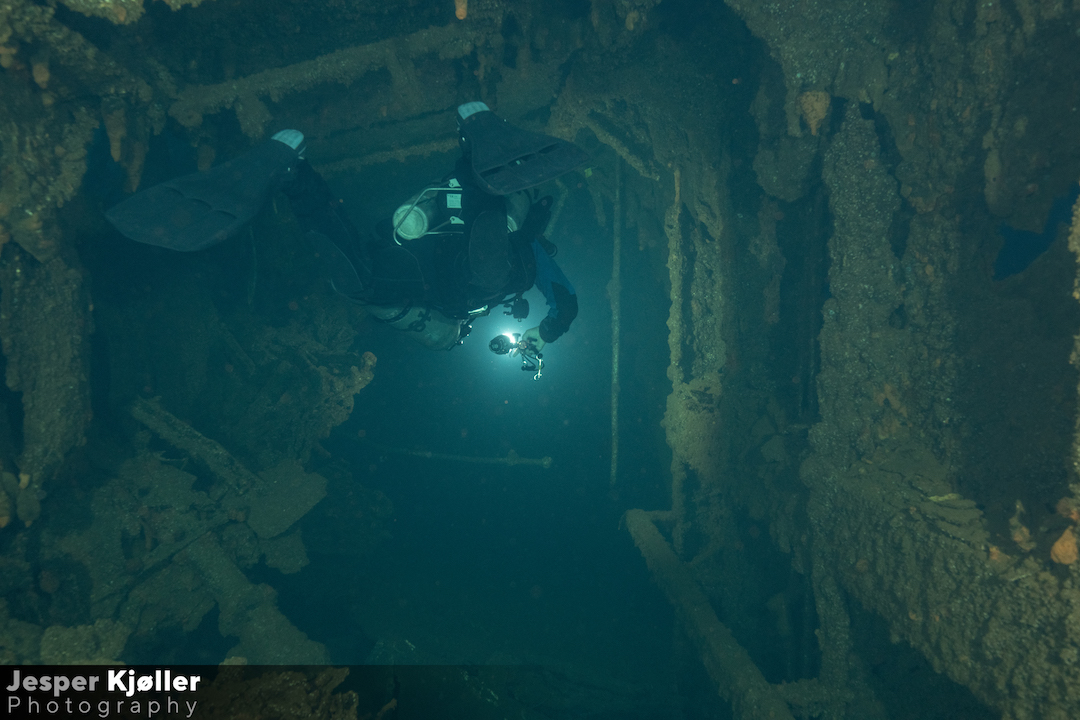
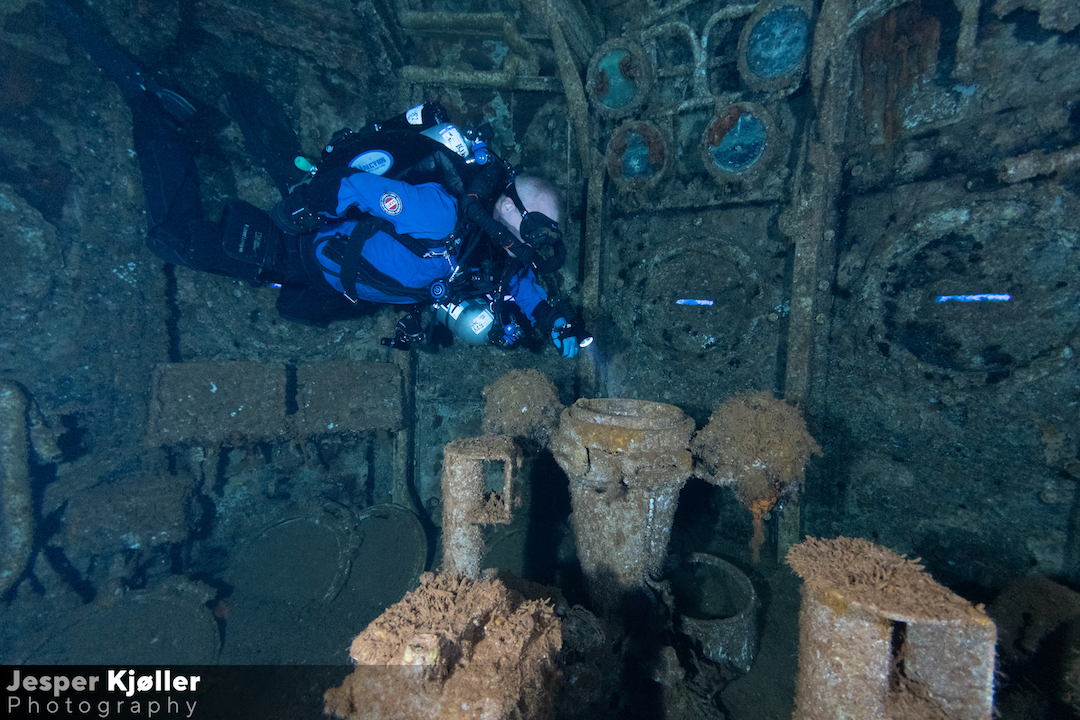
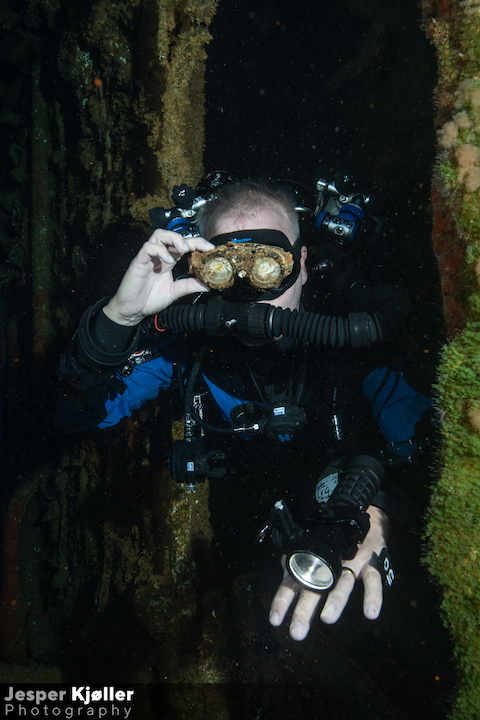
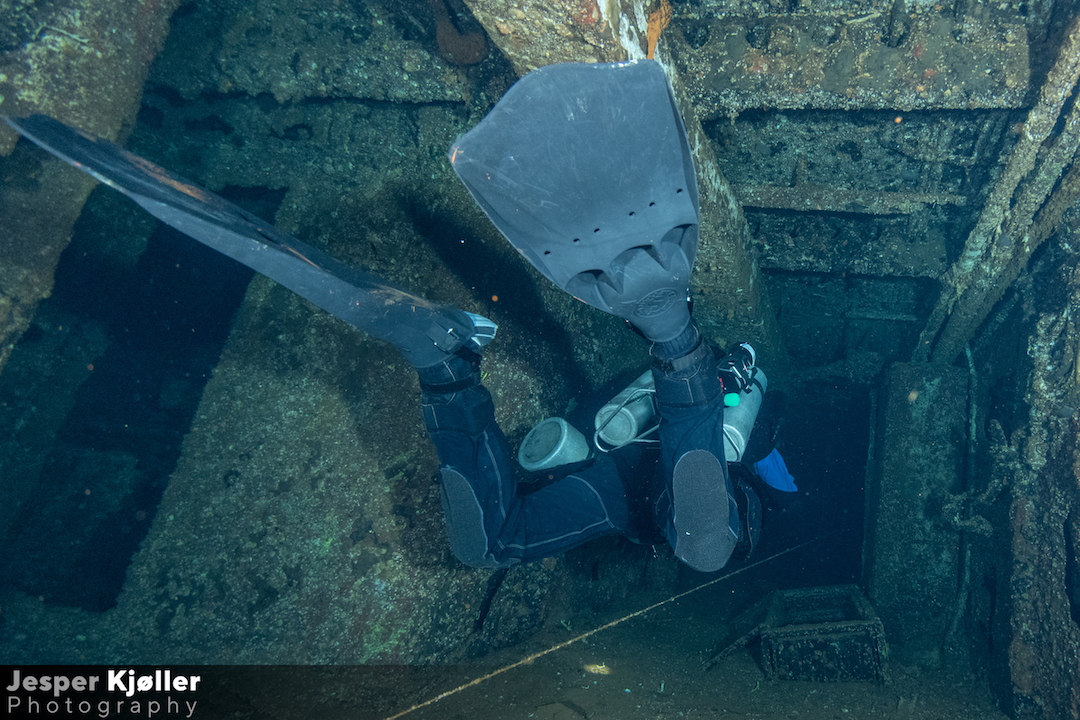
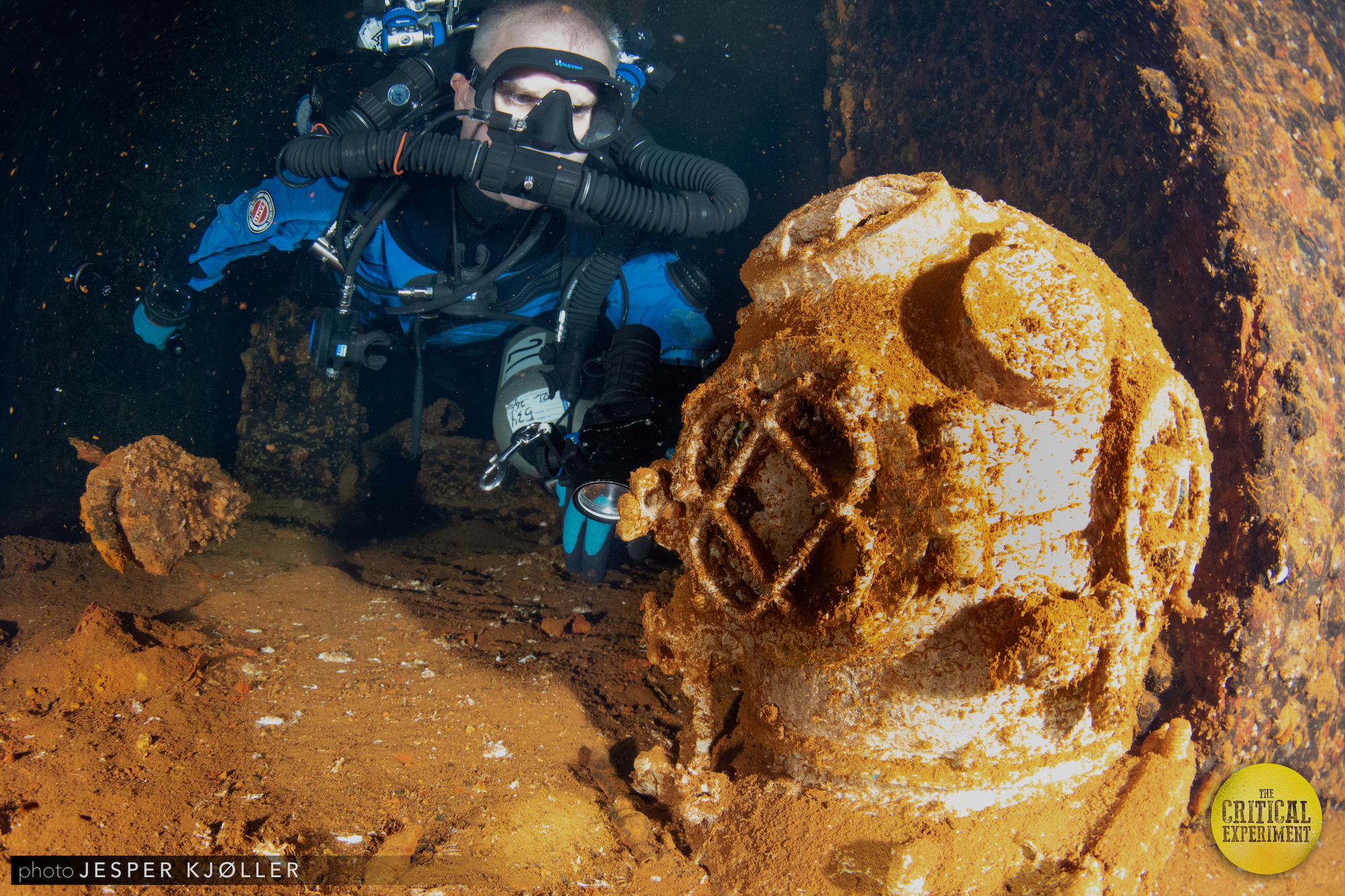

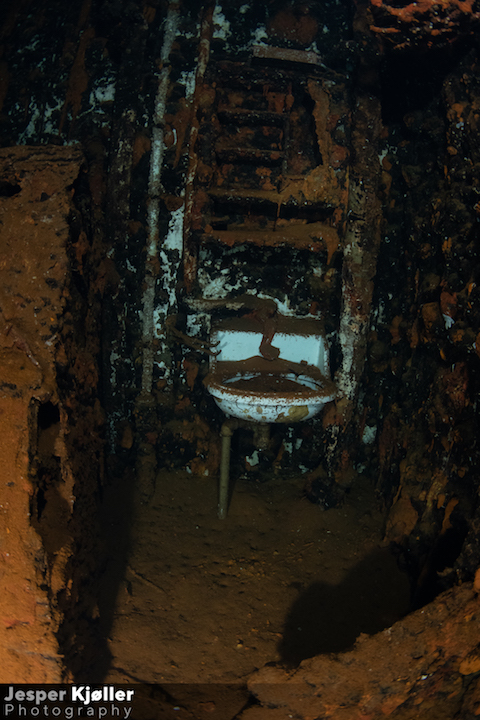

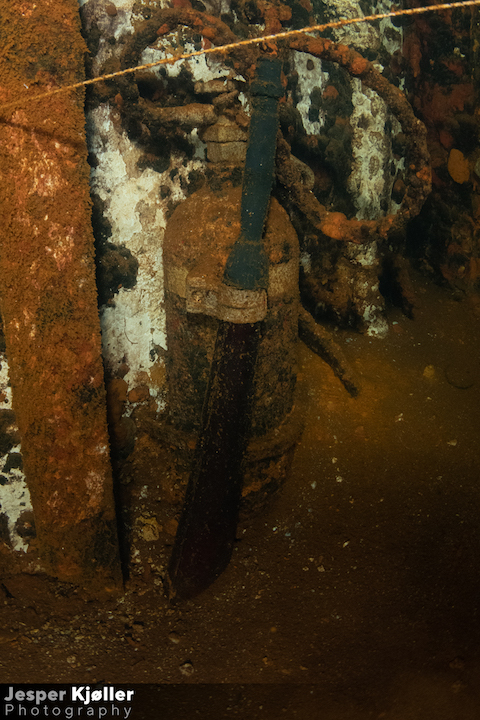
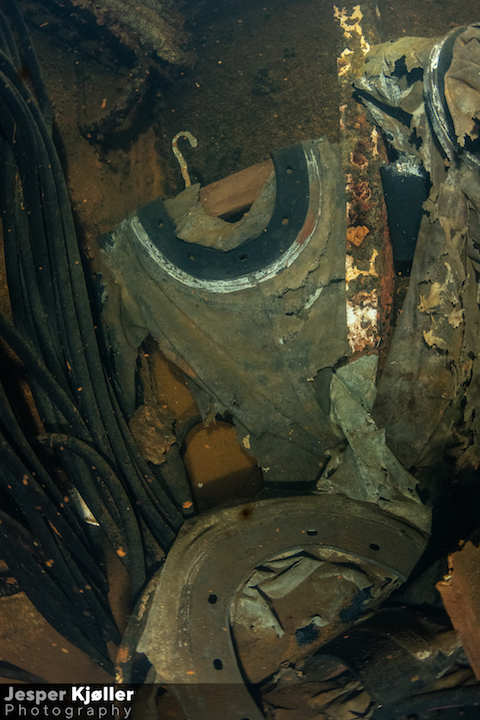

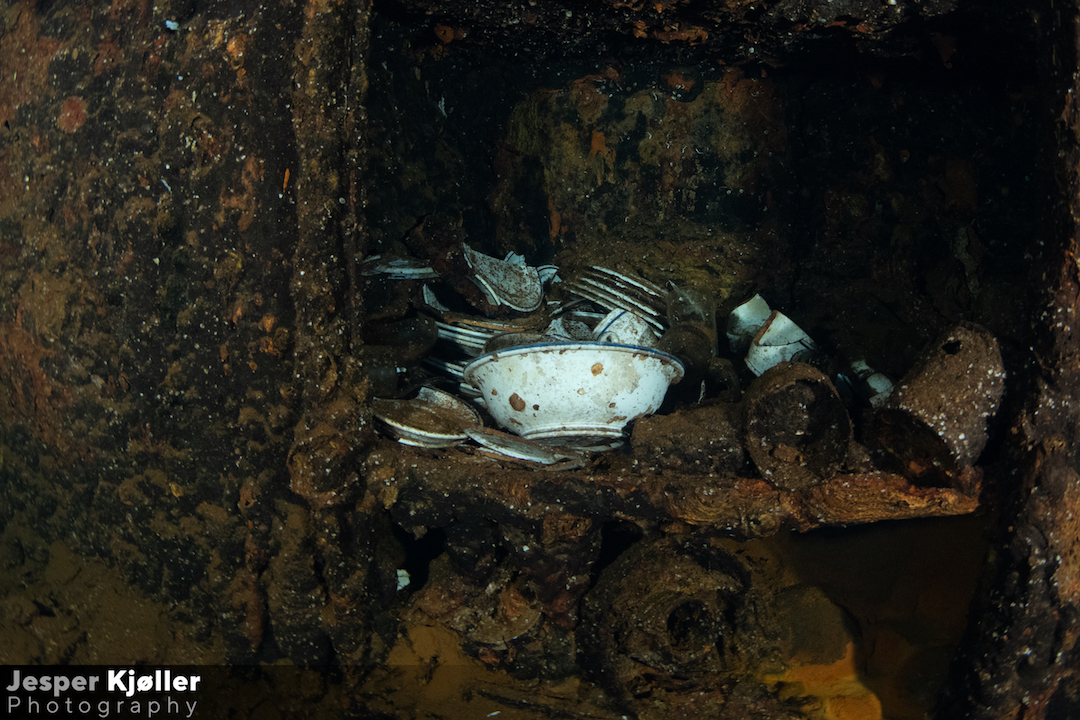

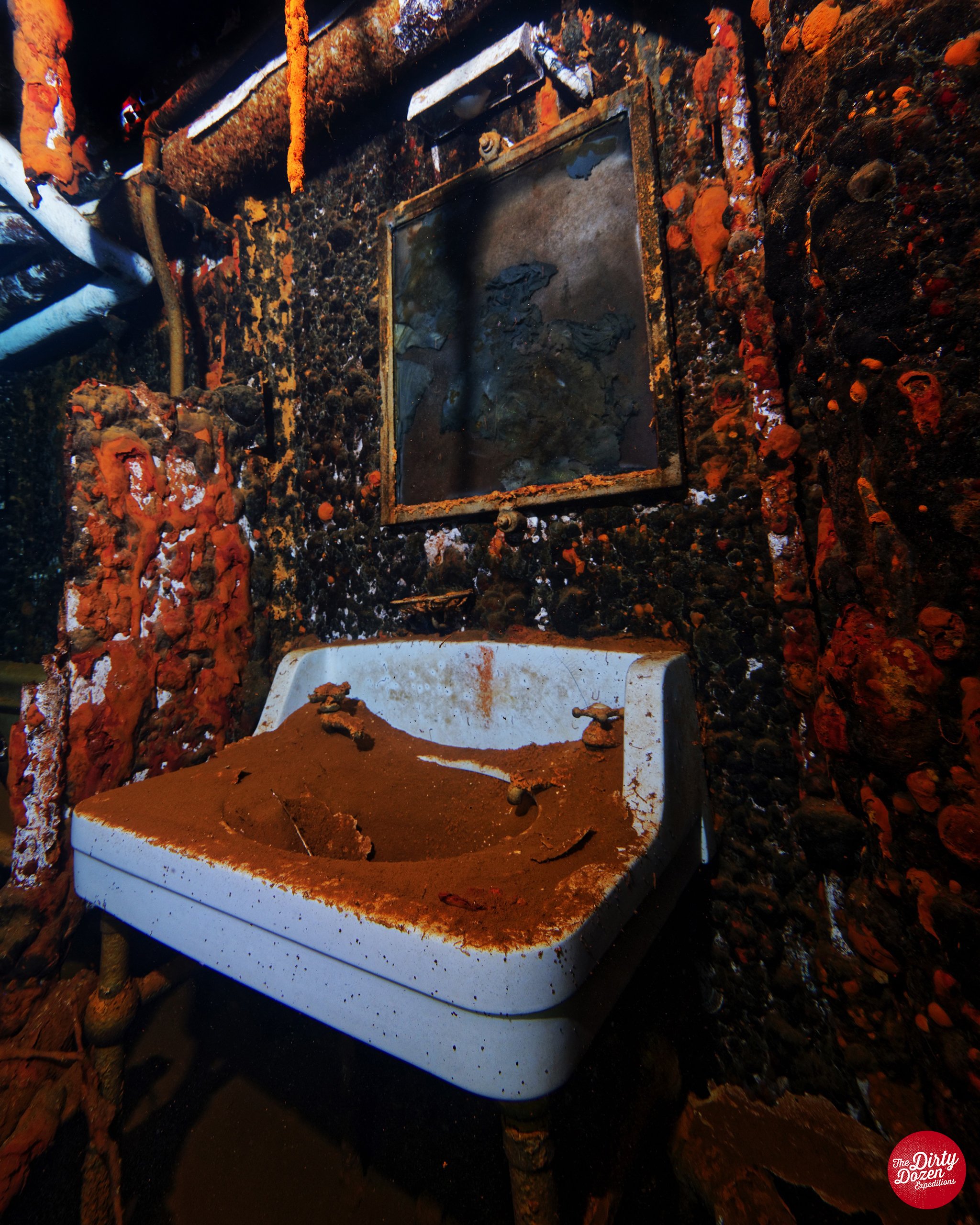









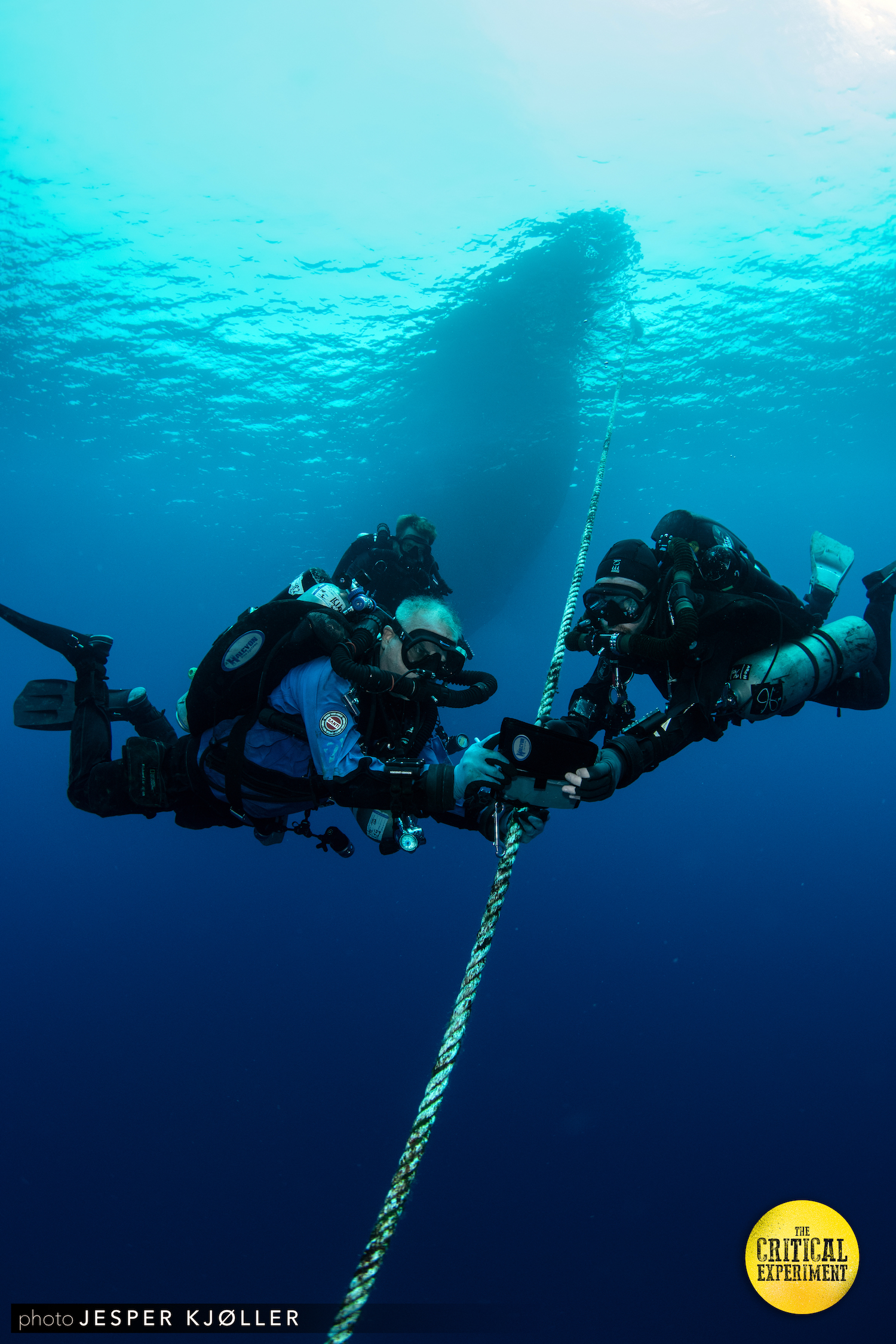

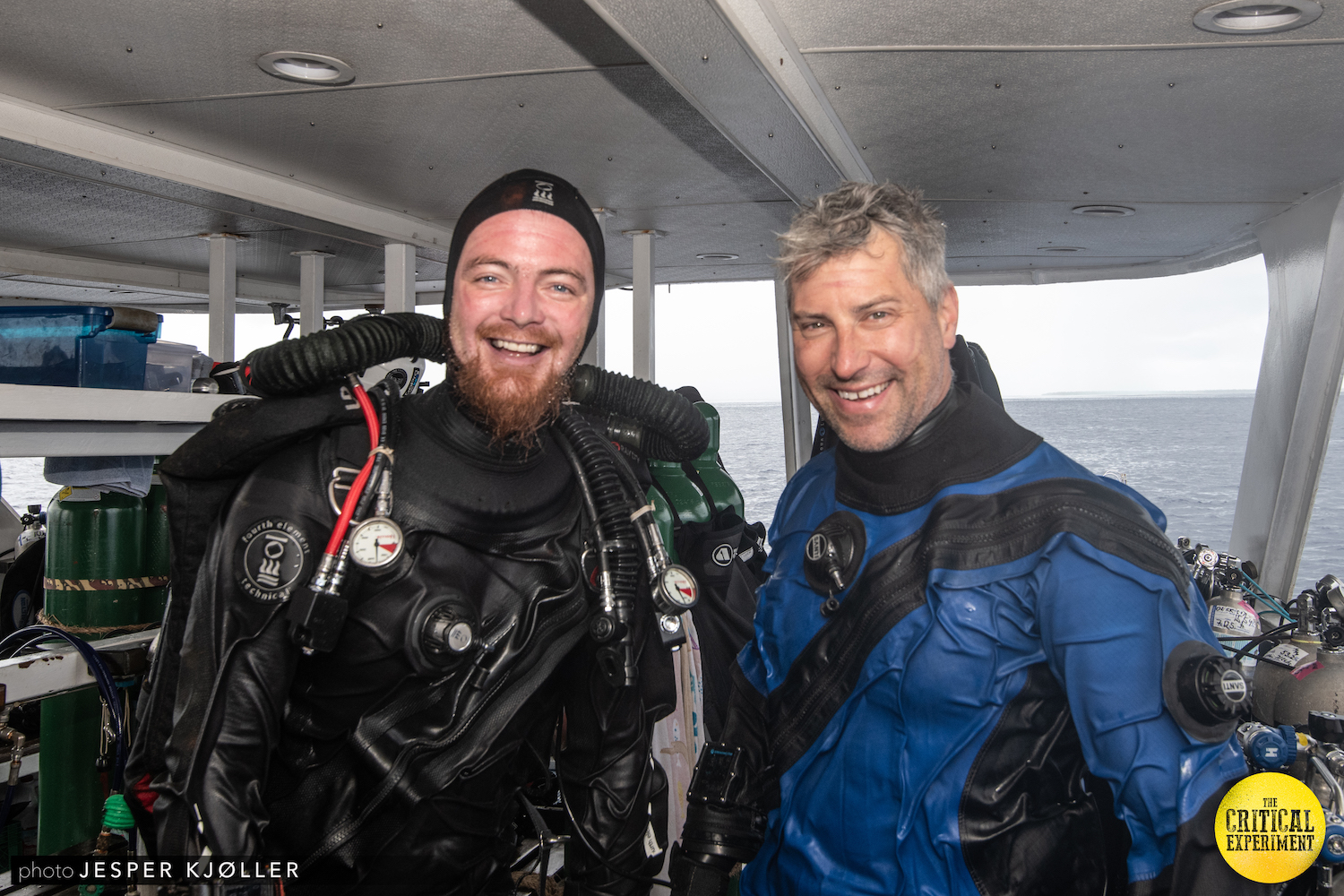
IJN NAGATO
The flagship Nagato was a treasure of the Japanese Navy. As Admiral Isoroku Yamamoto’s pride and joy, this floating fortress took part in Japan’s attack on Pearl Harbor during WWII. Masanori Ito, the Japanese historian, wrote “When World War II began, the Japanese Navy — the third most powerful in the world — included some of the mightiest ships in naval history and was a force worthy of the pride and trust of the Japanese people. Then, in less than four years, this great war machine fell from glory to oblivion. Of ten battleships riding in Hiroshima Bay in December of 1941, nine were sunk. The lone survivor, the Nagato, died at Bikini as a target in an atomic bomb test.”
HIJMS Nagato rests at a depth of 51.8m/170ft. This 32,720 ton vessel lies upside down and makes for an amazing dive site. The ship’s bridge is easily accessible and you can enter the place where Admiral Yamamoto launched his attack on Pearl Harbor. The Nagato’s four huge screws give her the appearance of Stonehenge below the ocean.
Read our Wreck In Depth article about IJN Nagato HERE
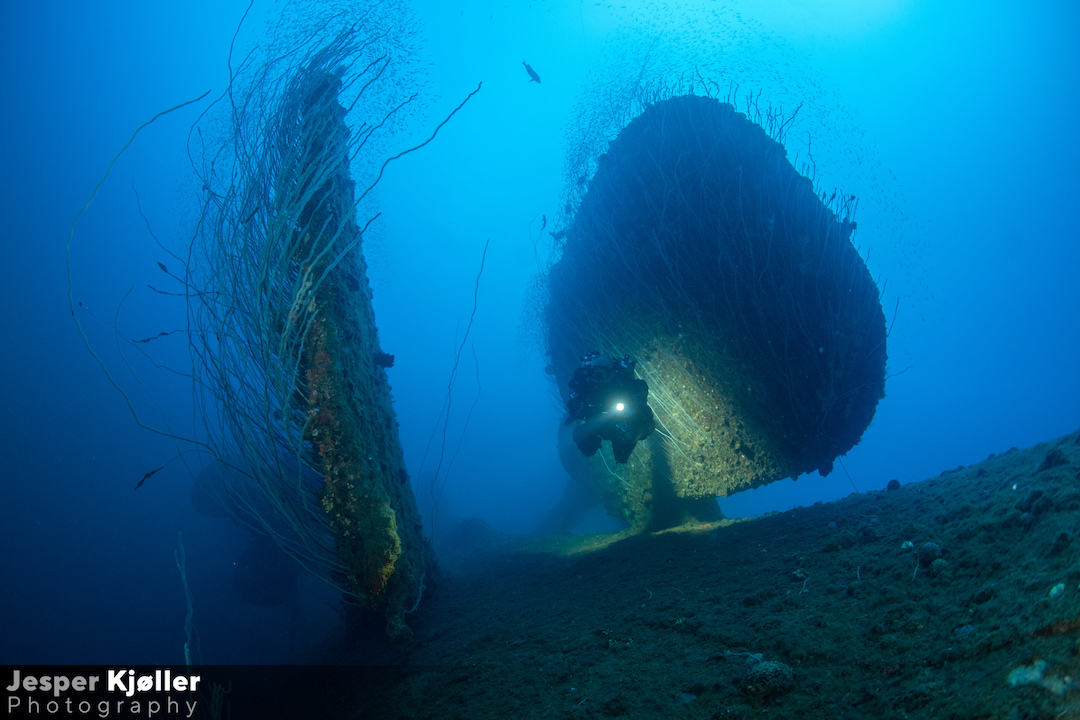
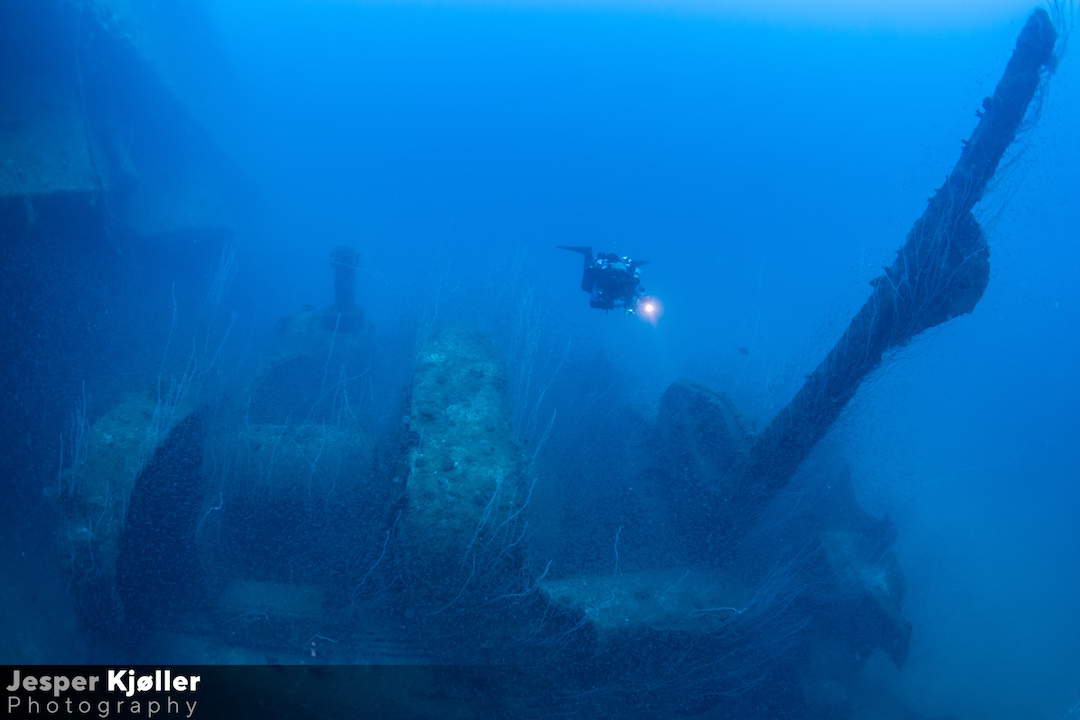






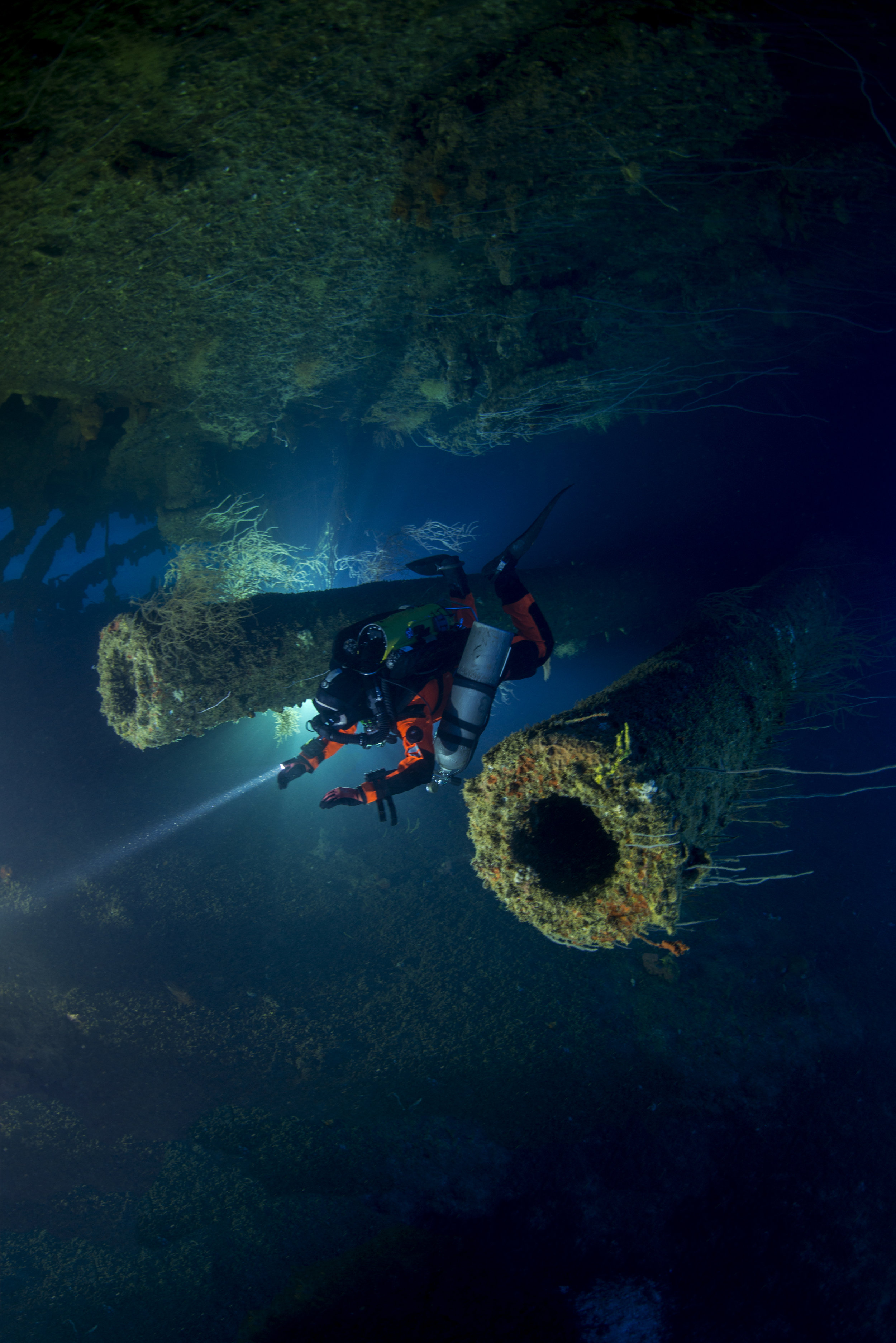

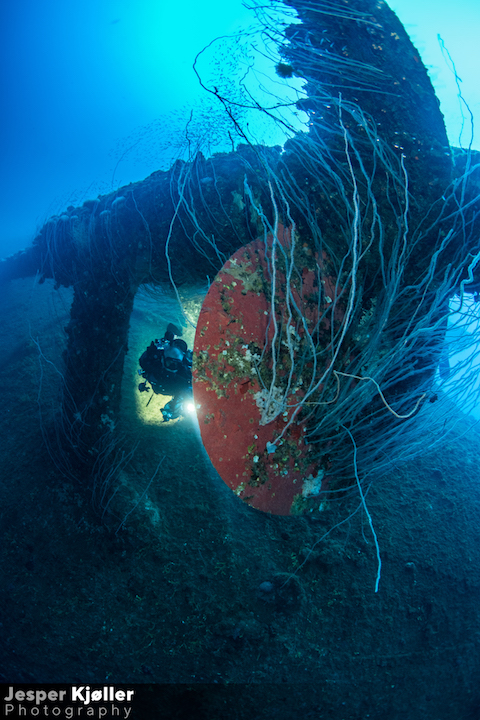



USS ARKANSAS
USS Arkansas was a 29,000-ton US battleship with a capacity of 4,000 gallons of gasoline, 37,779 barrels of oil, and 119 barrels of diesel. Launched in January 1911, she saw many presidential commissions during her career.
In October 1912, she partook in the Presidential Naval Review on the Hudson River. President William H. Taft was taken in her to the Panama Canal Zone to inspect the unfinished canal. In April 1914, Arkansas helped with the occupation of Veracruz, Mexico. December 1918 saw the ship form part of the fleet escorting President Woodrow Wilson to France.
During WWII, USS Arkansas protected naval convoys on their journey across the Atlantic. She stayed in Europe providing assistance at Omaha Beach during the Normandy invasion in Southern France, and the bombardment of Cherbourg. She then took part in further action at Okinawa and Iwo Jima in the Pacific. After surviving both world wars and being awarded four battle stars for her service, the USS Arkansas met her end at Bikini Atoll. Test Baker sunk the battleship during Operation Crossroads. She now lies almost upside down in the lagoon.

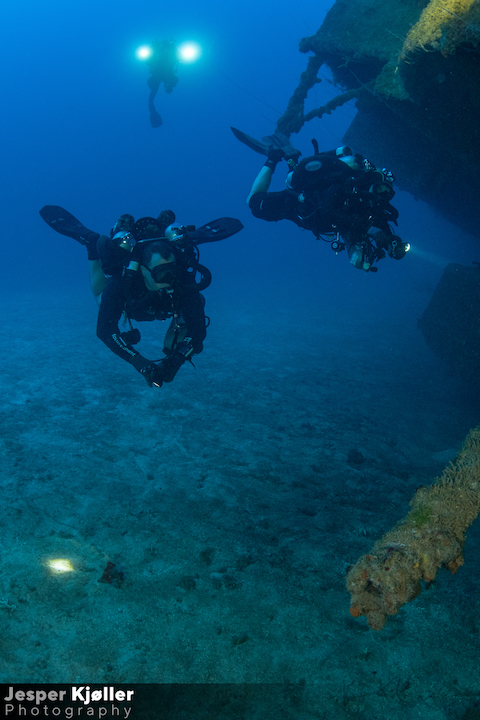
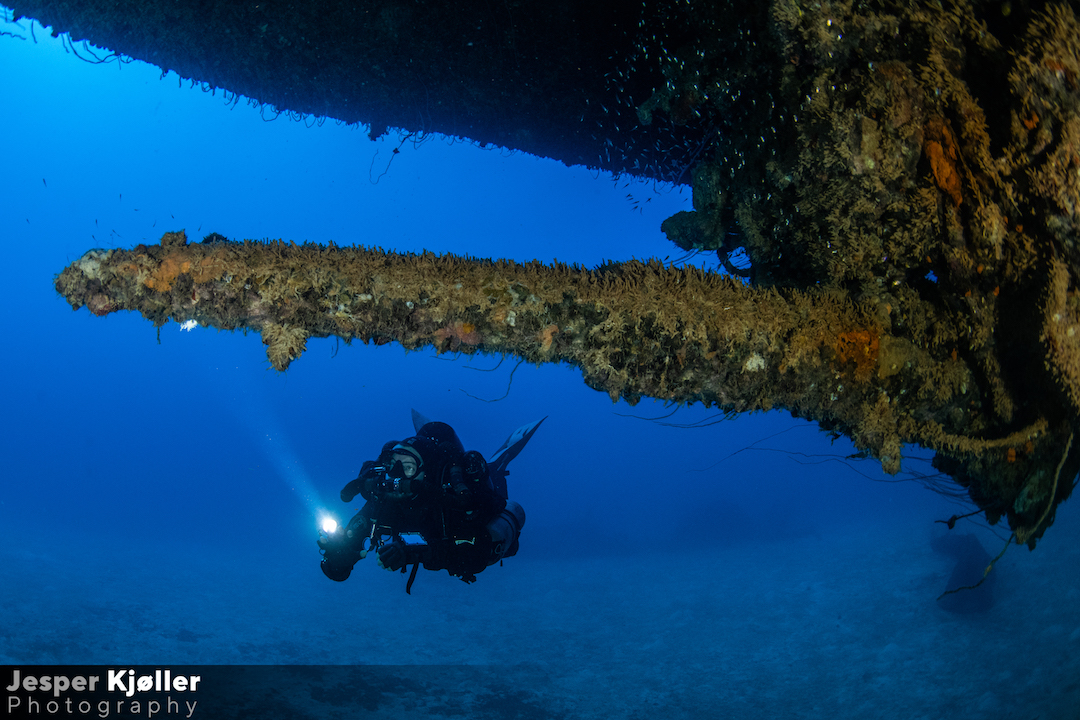

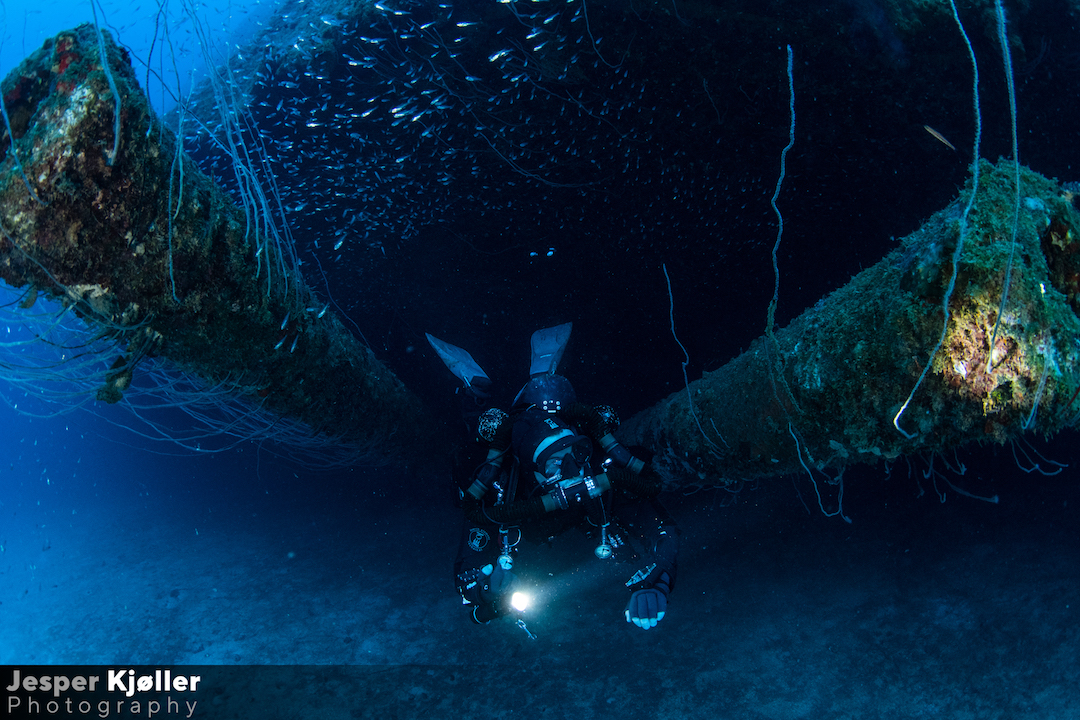
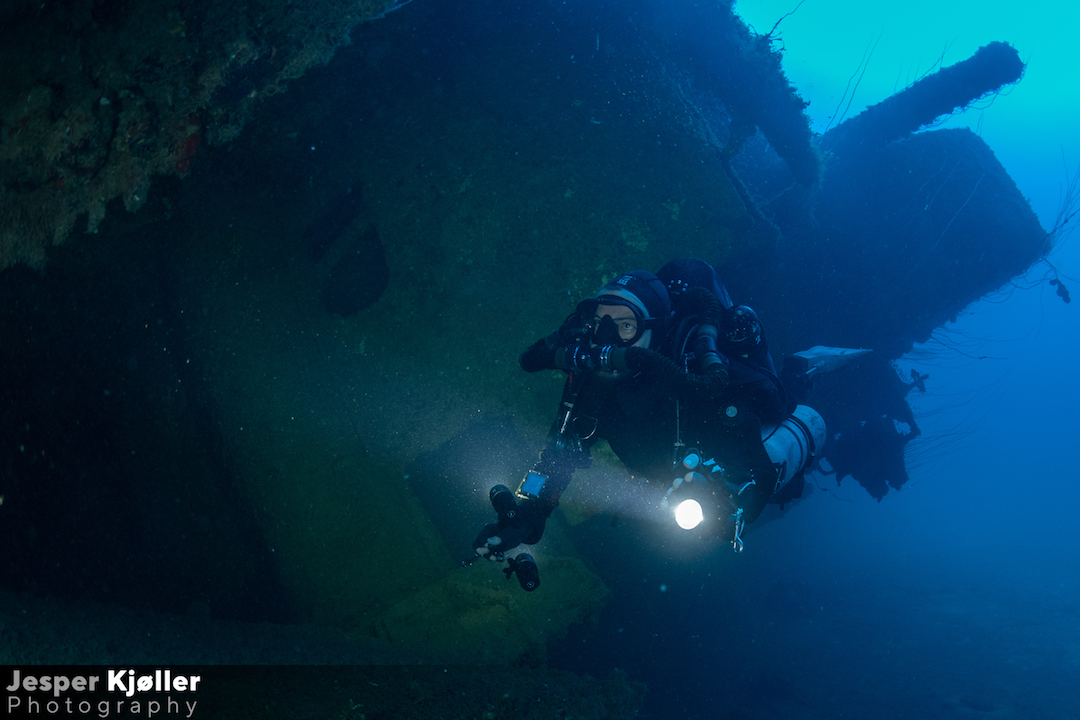









USS ANDERSON
USS Anderson was a destroyer that acted as a screen for aircraft carriers during WWII. She was constantly on the front line of battle and served in the Solomons, Tarawa, Midway, Guadalcanal, and the Coral Sea. The Anderson was alongside the Yorktown and Lexington aircraft carriers when the Japanese sunk them in battle. She was also present when the USS Hornet and USS Wasp went down. In 1943, the Anderson was at Wotje Atoll in the Marshall Islands, when she was hit by a six-inch shell. The captain and five of his officers were killed and 18 other men were wounded.
Her services earned the Anderson ten battle stars during the war. Her fuel capacity included 168 barrels of diesel and 2929 barrels of oil. When she was sunk by the atomic blast of Test Able, she was at 95 percent capacity. The destroyer now lies in Bikini’s lagoon resting on her side.






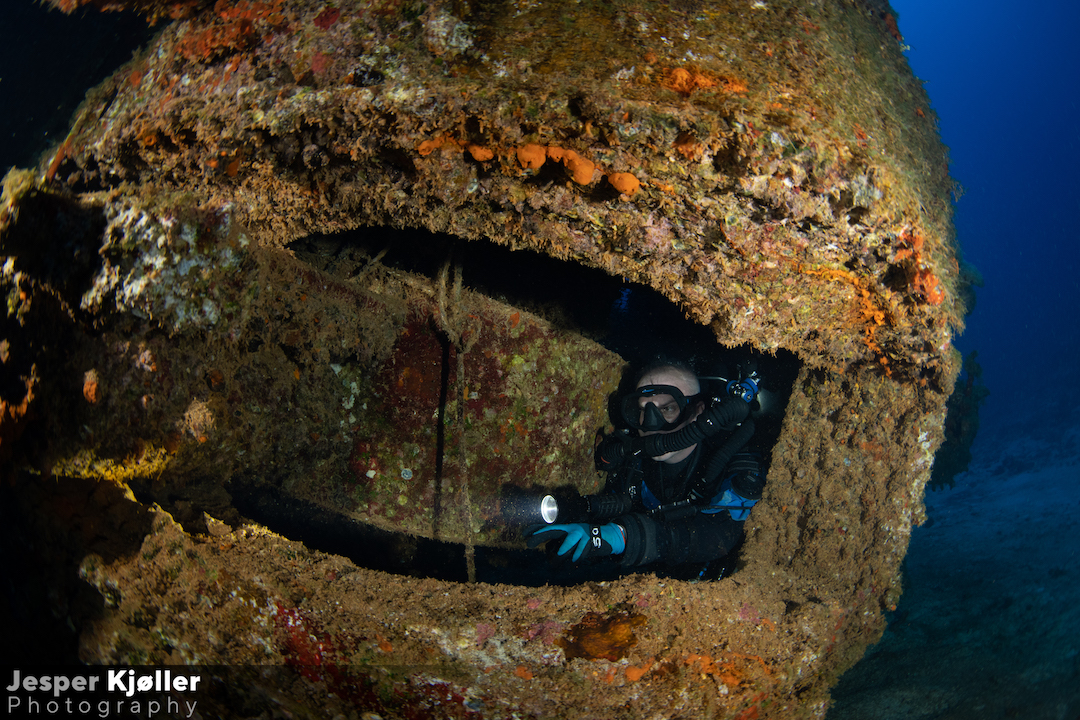



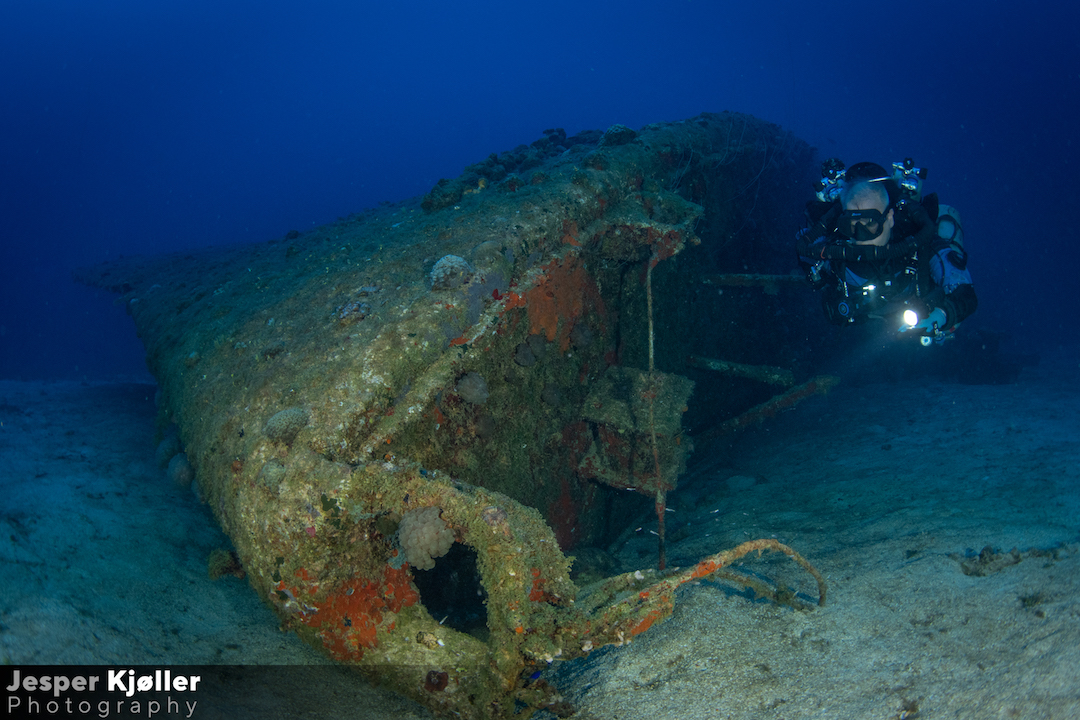
USS Lamson
USS Lamson was an American destroyer which earned five battle stars during WWII. Before war broke out, she took part in the search for the female aviator Amelia Earhart in the Gilbert and Marshall Islands in 1937. In December 1941, the Lamson was deployed on an unsuccessful search launched to find the Japanese Task Force responsible for the bombing of Pearl Harbor. She served out the rest of the war on campaigns throughout the Pacific.
At Bikini Atoll, USS Lamson was at 50 percent capacity with 105 barrels of diesel and 1,800 barrels of oil when Test Able ripped through her hull sinking her. Her damaged and horribly twisted hull remain testament to the tremendous power of a nuclear blast

















USS Apogon
The American submarine, USS Apogon was awarded five battle stars for her service during WWII. Her normal fuel capacity was 54,000 gallons of oil with 116,000 gallons in reserve.
In her career, she made eight war patrols, the first of which was in November 1943 out of Pearl Harbor. During these patrols, the Apogon sunk three Japanese vessels. She later patrolled the waters from Majuro to Midway. She also took part in Operation Galvanic to seize Tarawa and the Gilbert Islands.
Towards the end of World War II, USS Apogon joined a group of vessels known as the “Mickey Finns.” Working from Formosa, the group managed to sink 41,000 ton worth of Japanese vessels.
The Baker nuclear blast eventually sunk the Apogon. She now lies at the bottom of the lagoon at Bikini Atoll. Sitting perfectly upright, she looks ready to make for the high seas.
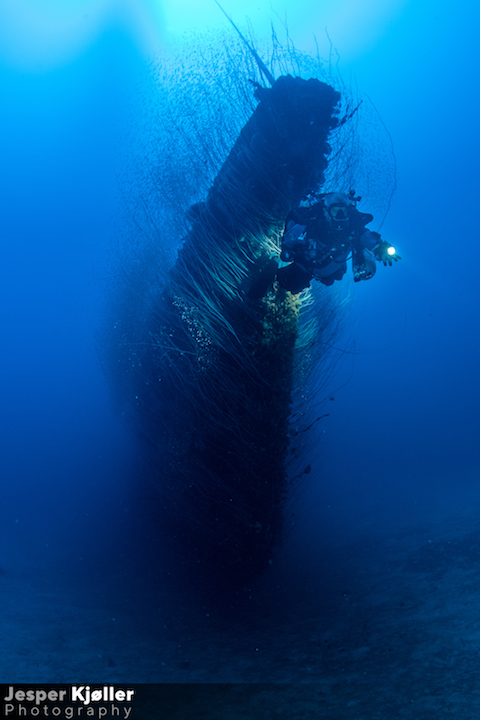
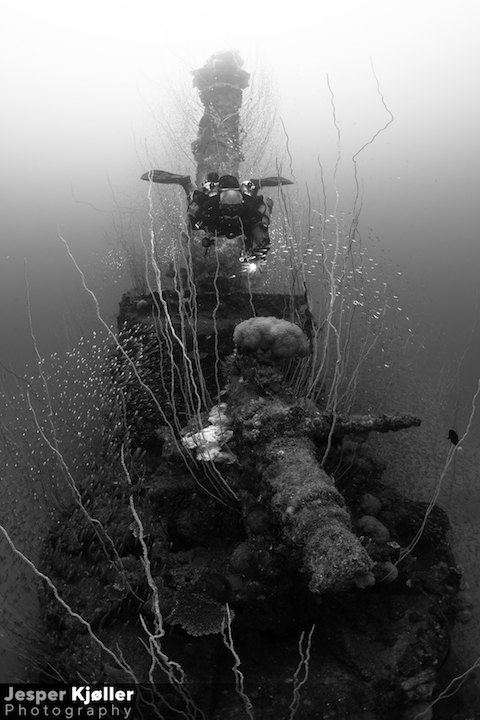
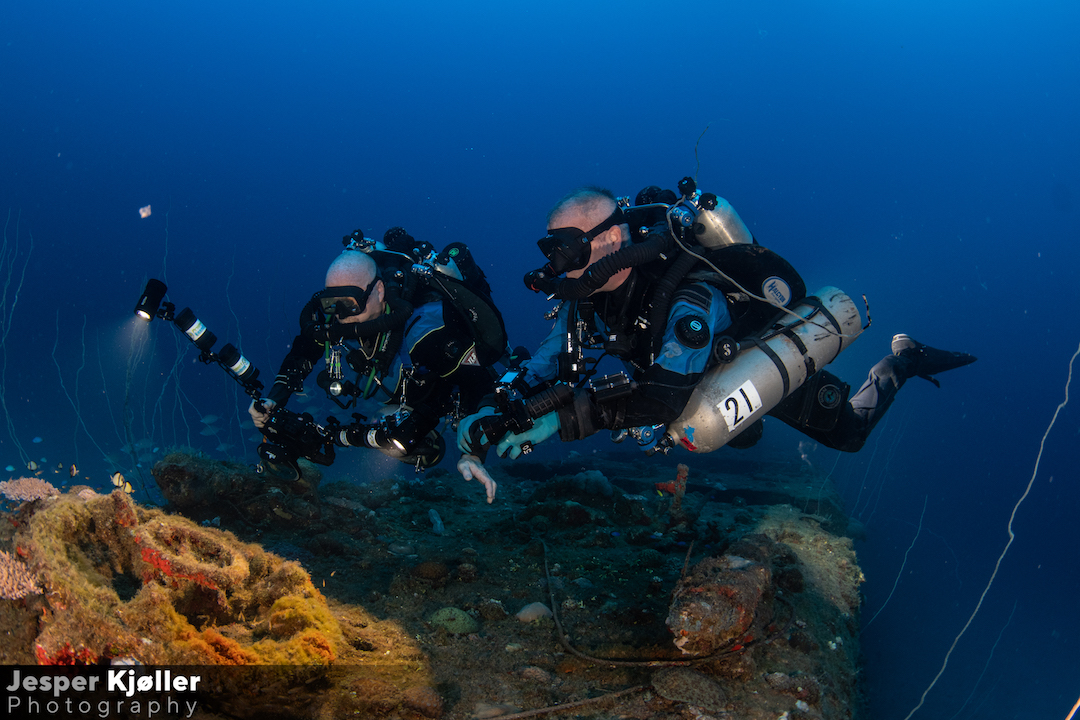

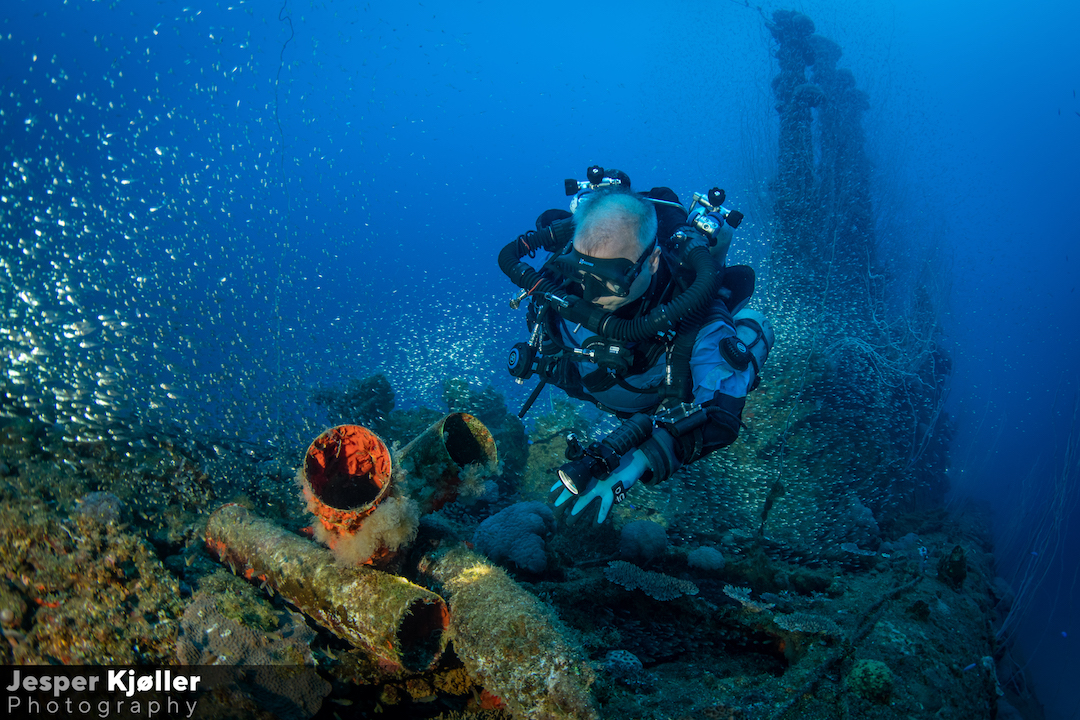
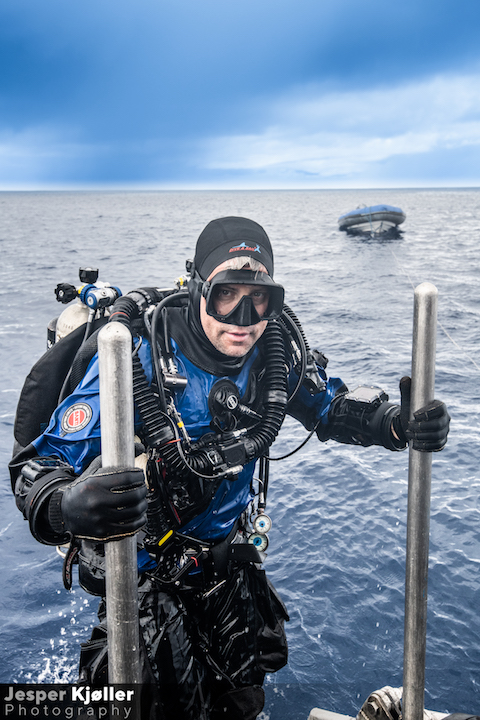
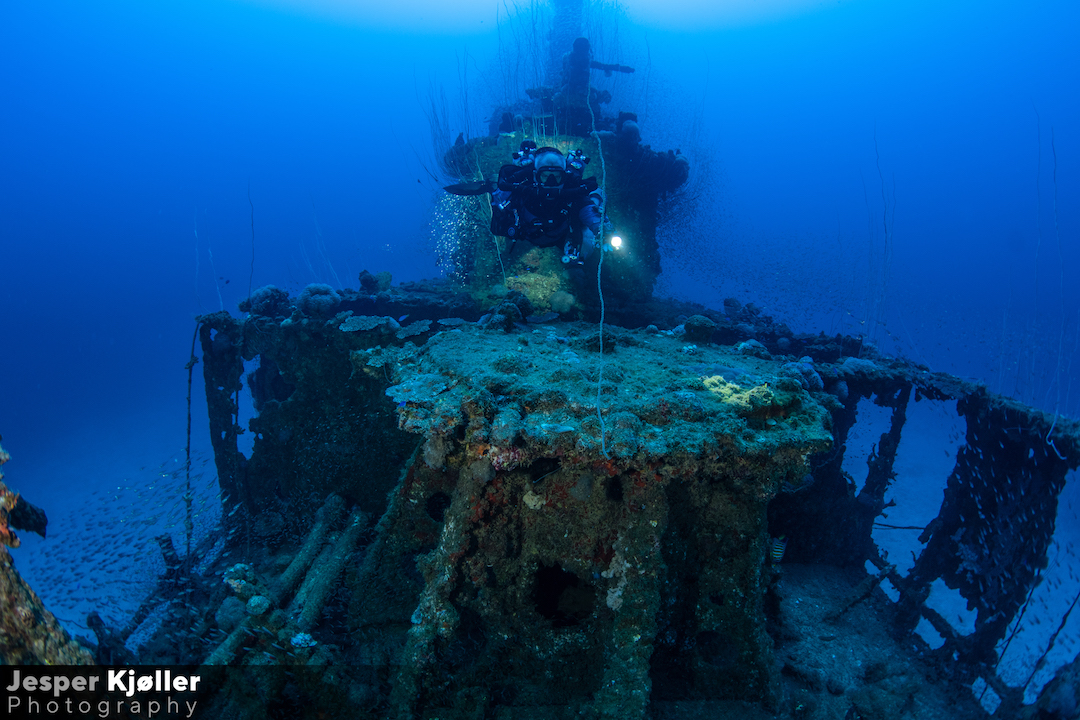
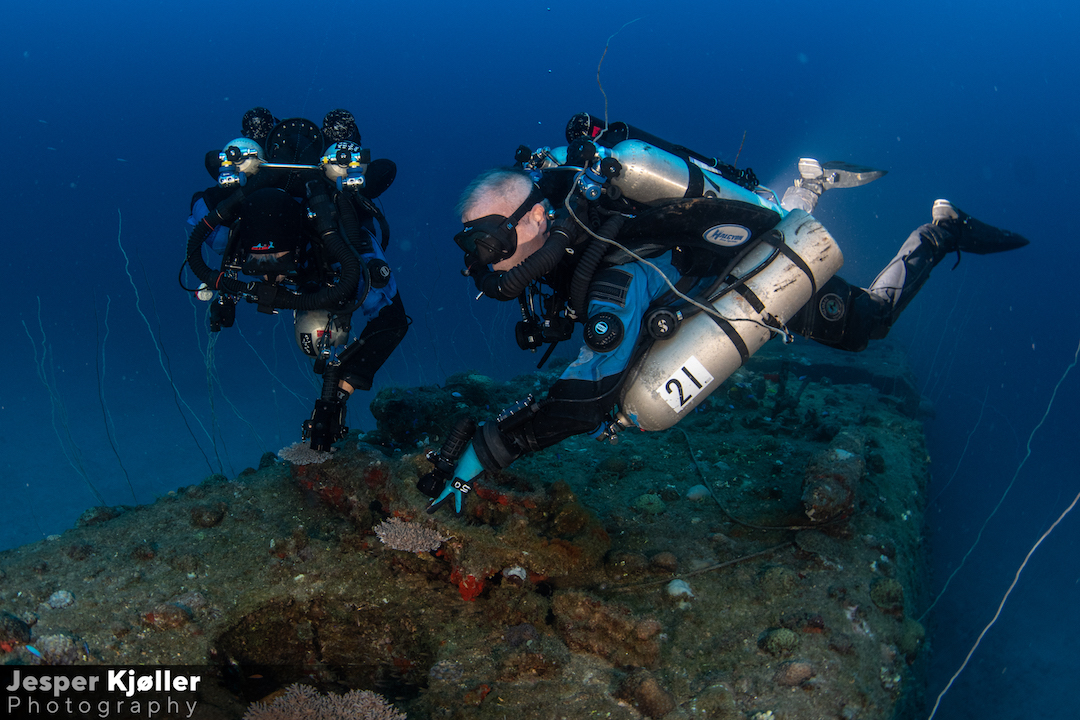
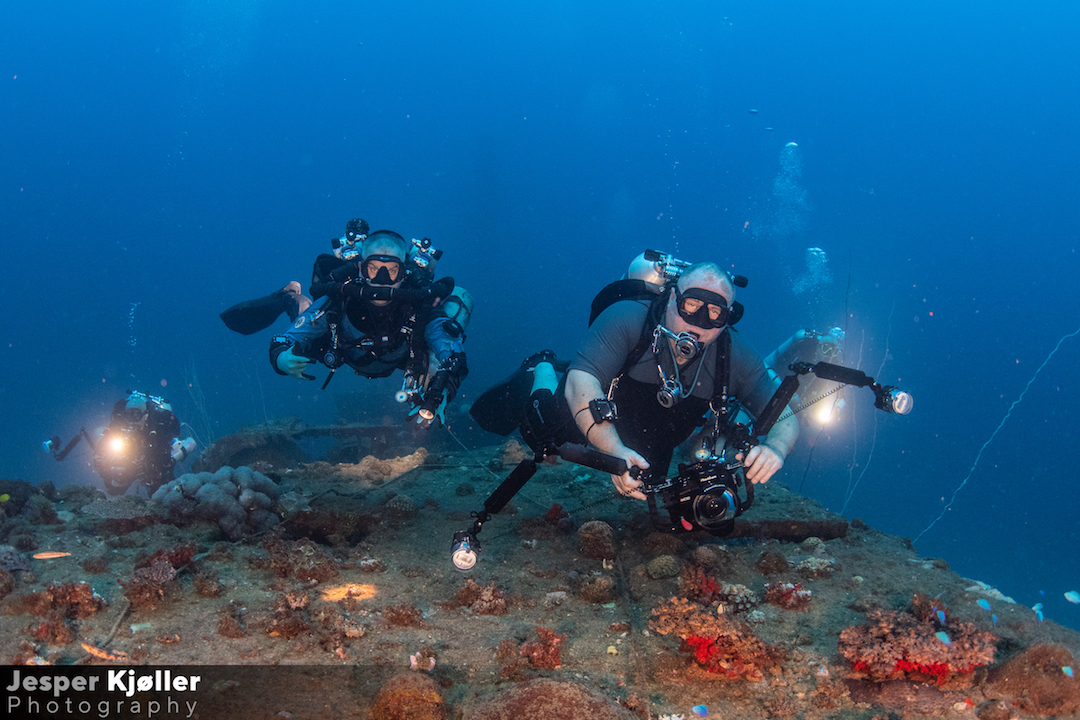



USS PilotFISH
The American submarine, USS Pilotfish was awarded five battle stars for her service during WWII.
She patrolled the Northern Marianas, Bonin Islands, the East China Sea, and the southeast coast of Japan. She was featured in ABC's World of Discovery Emmy nominated production about Bikini Atoll, "Forbidden Paradise." She is on her side and half-buried in the sand.
Moored 363 yards (332 meters) from "surface zero," she was sunk by the Test Baker. The explosion′s pressure waves compressing her hull and forcing her hatches open, completely flooding her. Fuel and ammunition loads during test BAKER were 95% of capacity during Operation Crossroads.
USS Carlisle
USS Carlisle was named for a county in Kentucky. This merchant craft had a fuel capacity of 375 barrels of diesel and 9,695 barrels of oil. Launched in July 1944, her career was short. She made short passages around the South Pacific islands and voyages between the west coast of Hawaii and Japan.
During Operation Crossroads, Carlisle’s fuel capacity was at 95 percent. Sunk by Able, she was split wide open, making the ship a magnificent penetration dive. Sitting upright on the sandy bottom, the USS Carlisle is guarded by an impressive school of skip jacks. Most of the time, there is also a shark who sits on the ship.
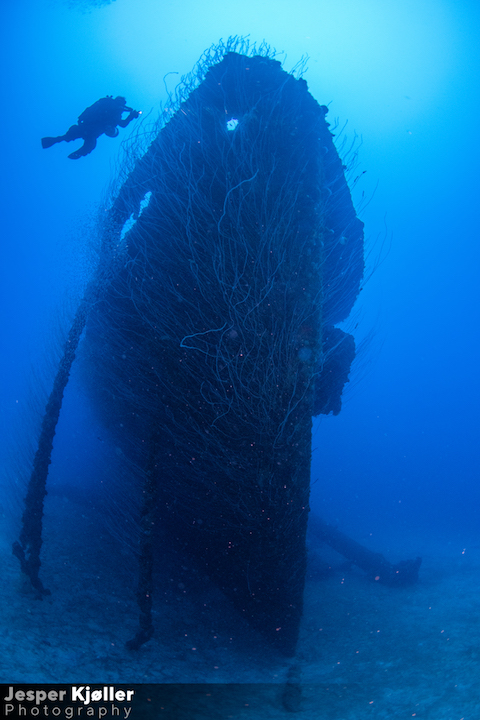
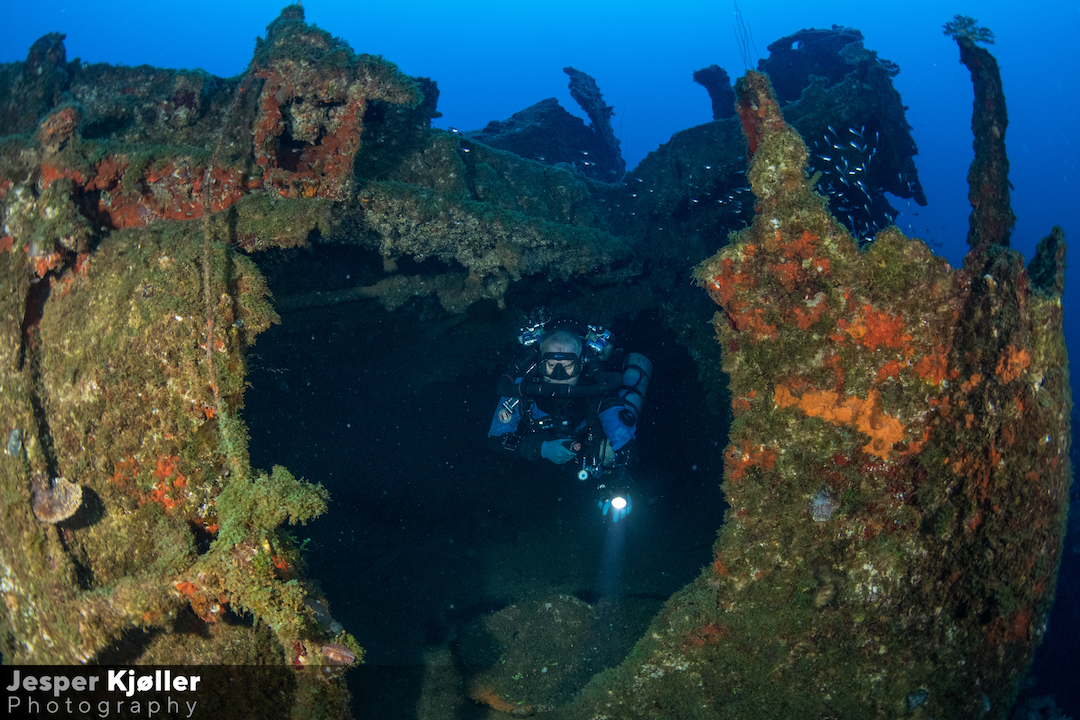

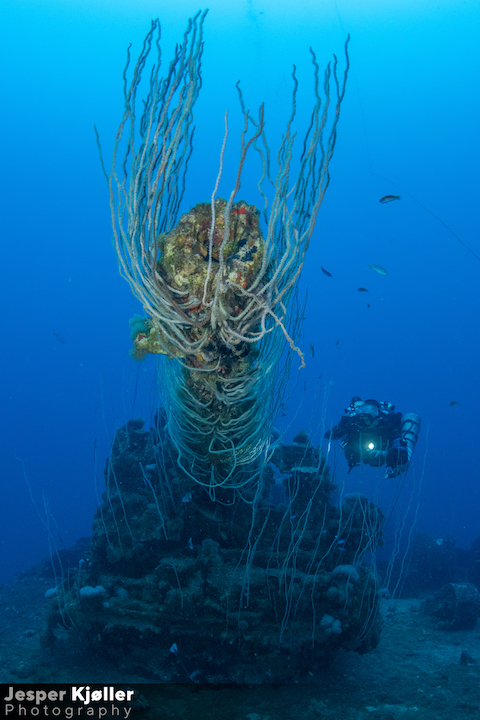
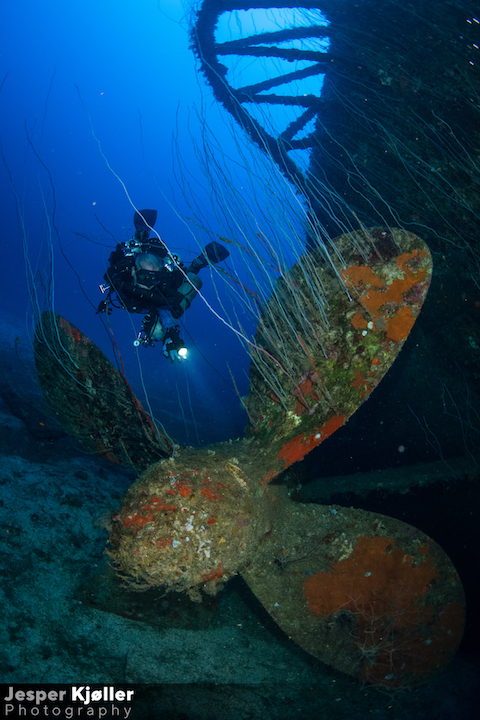
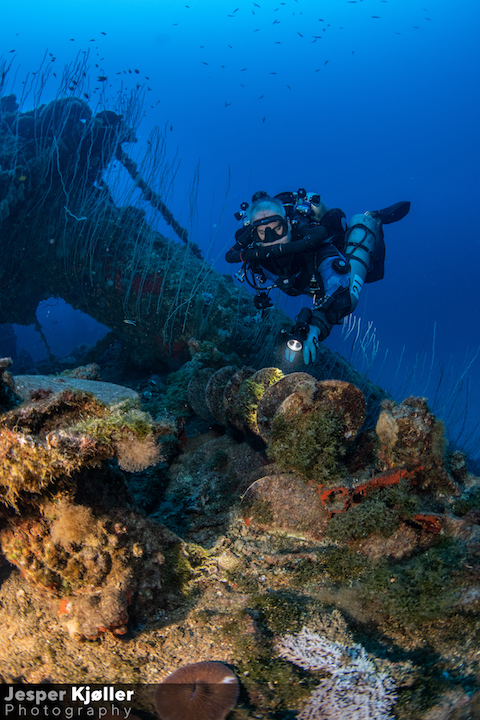
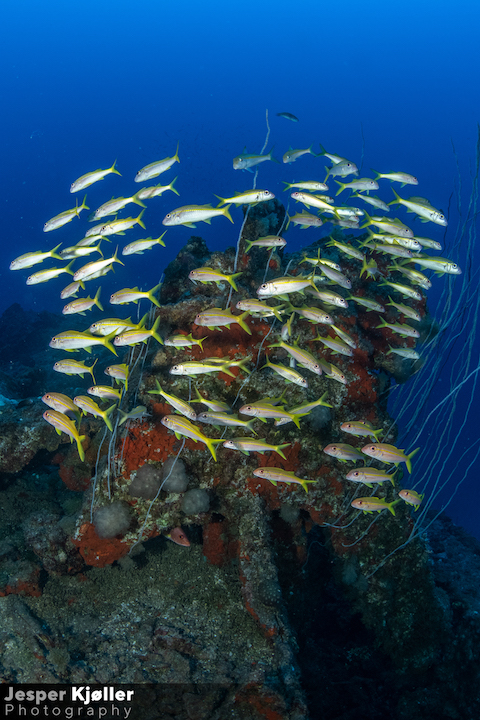
There are lots of opportunities for wreck penetration in Bikini Atoll. Some of these penetrations are relatively easy and straightforward, others are quite advanced. You are responsible for your own safety and dive planning at all times. Dive guides on Bikini do not run lines on any guided dive. If you want to run your own lines into the wreck then this is, of course, possible but not on a guided dive. The captain and I will explain the best course of action on each wreck for penetration.
Solo diving is permitted on the outside of the wrecks only.
FOR FULL EXPEDITION DETAILS, DOWNLOAD OUR FACT SHEET BELOW:

